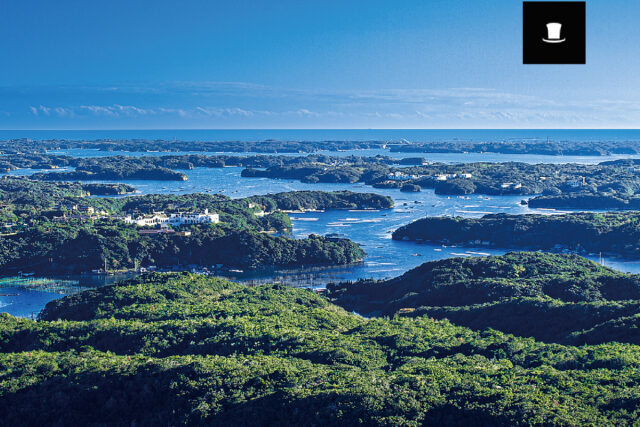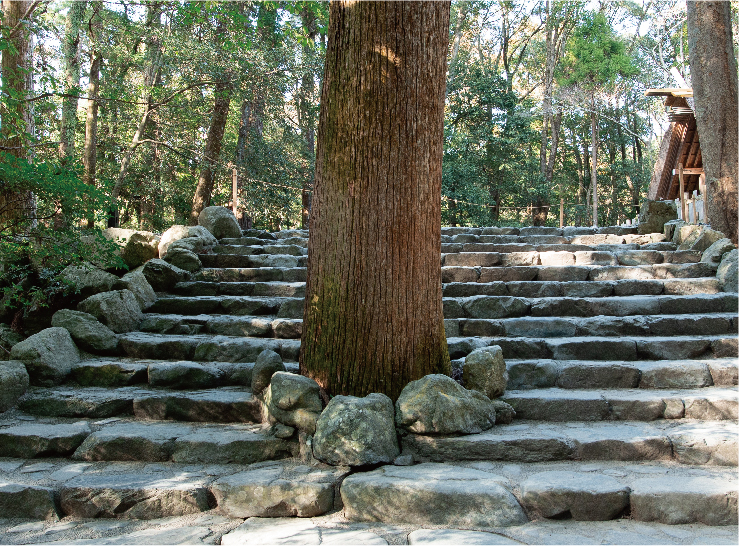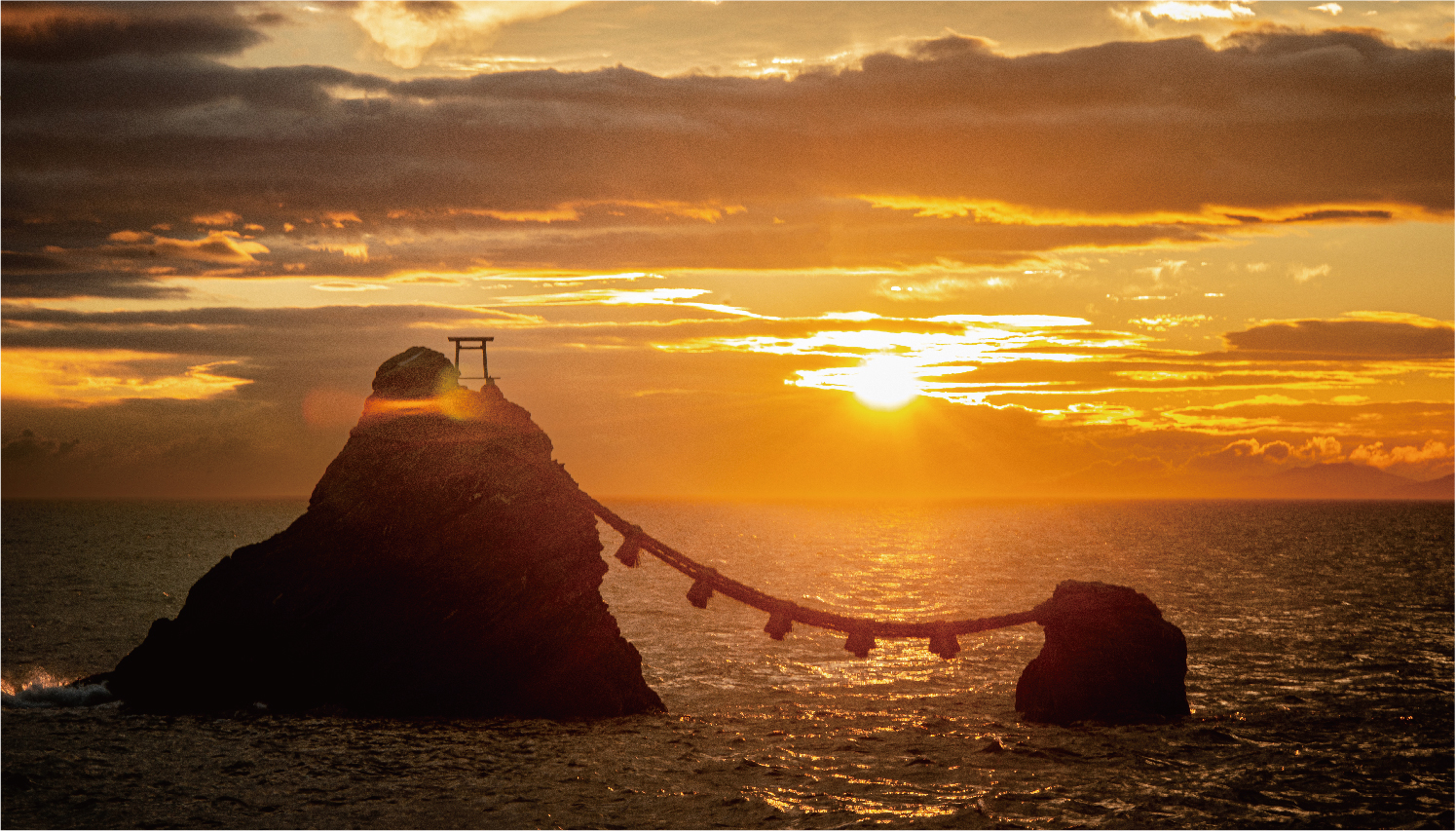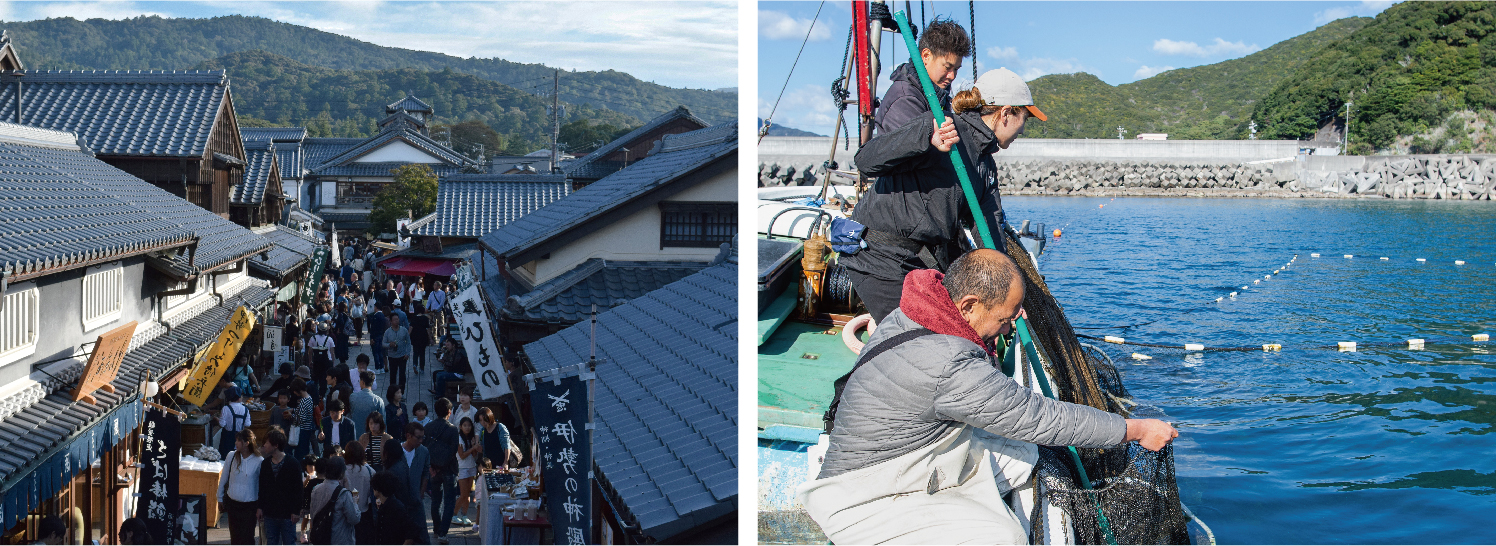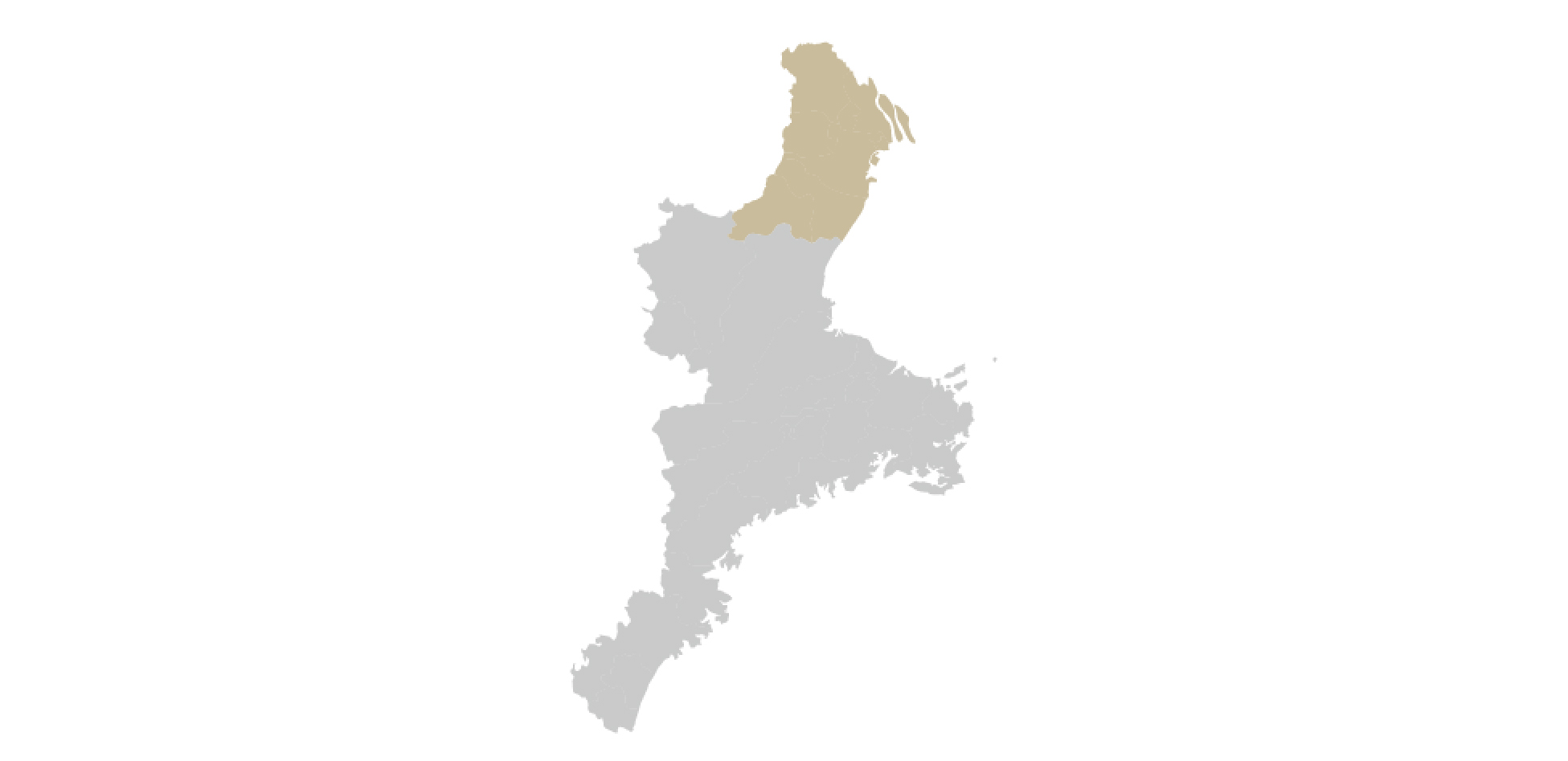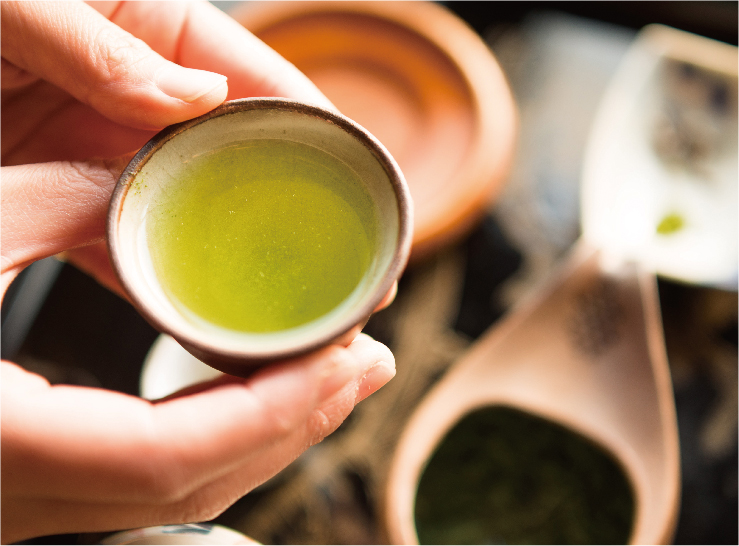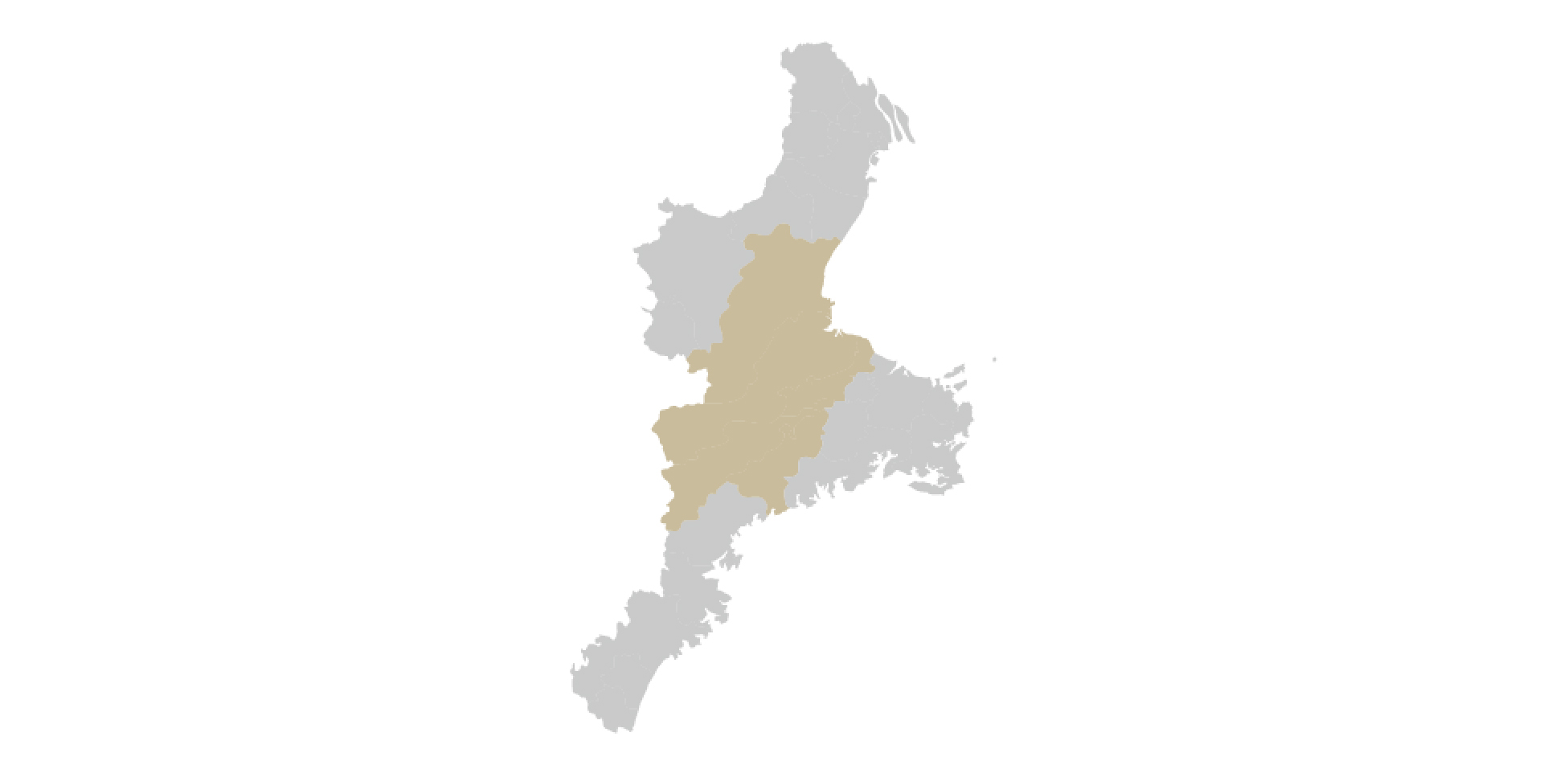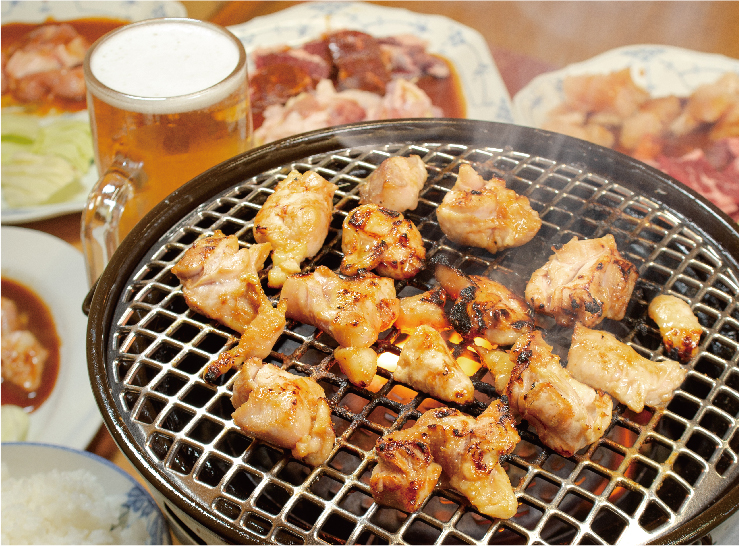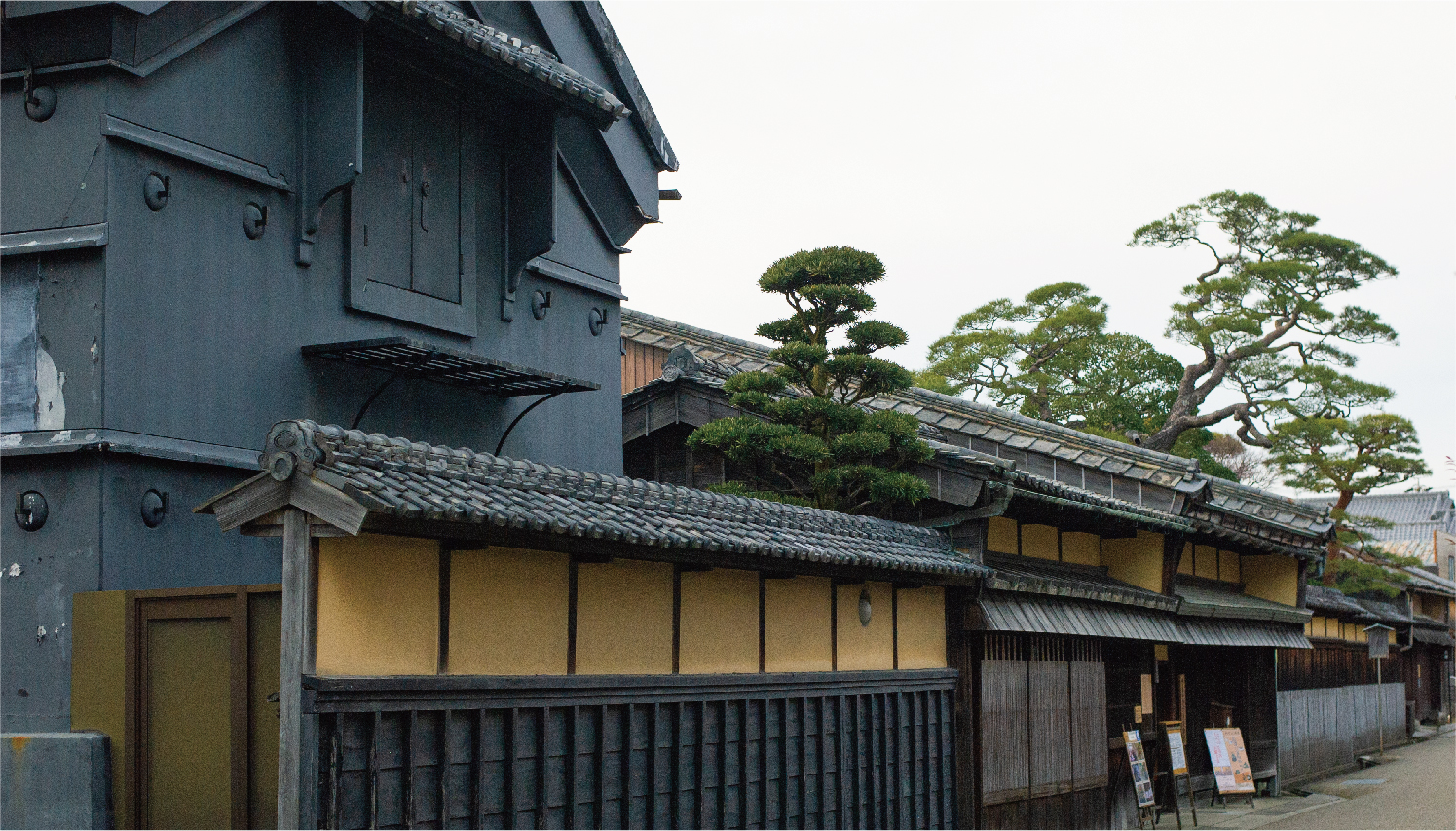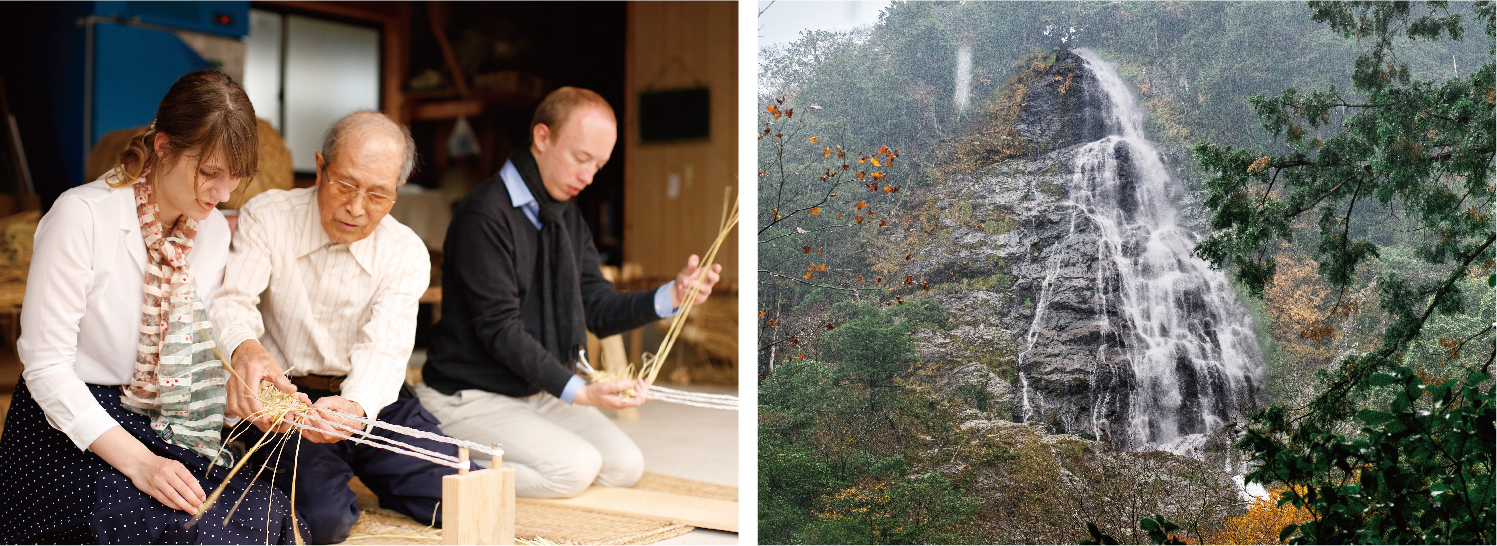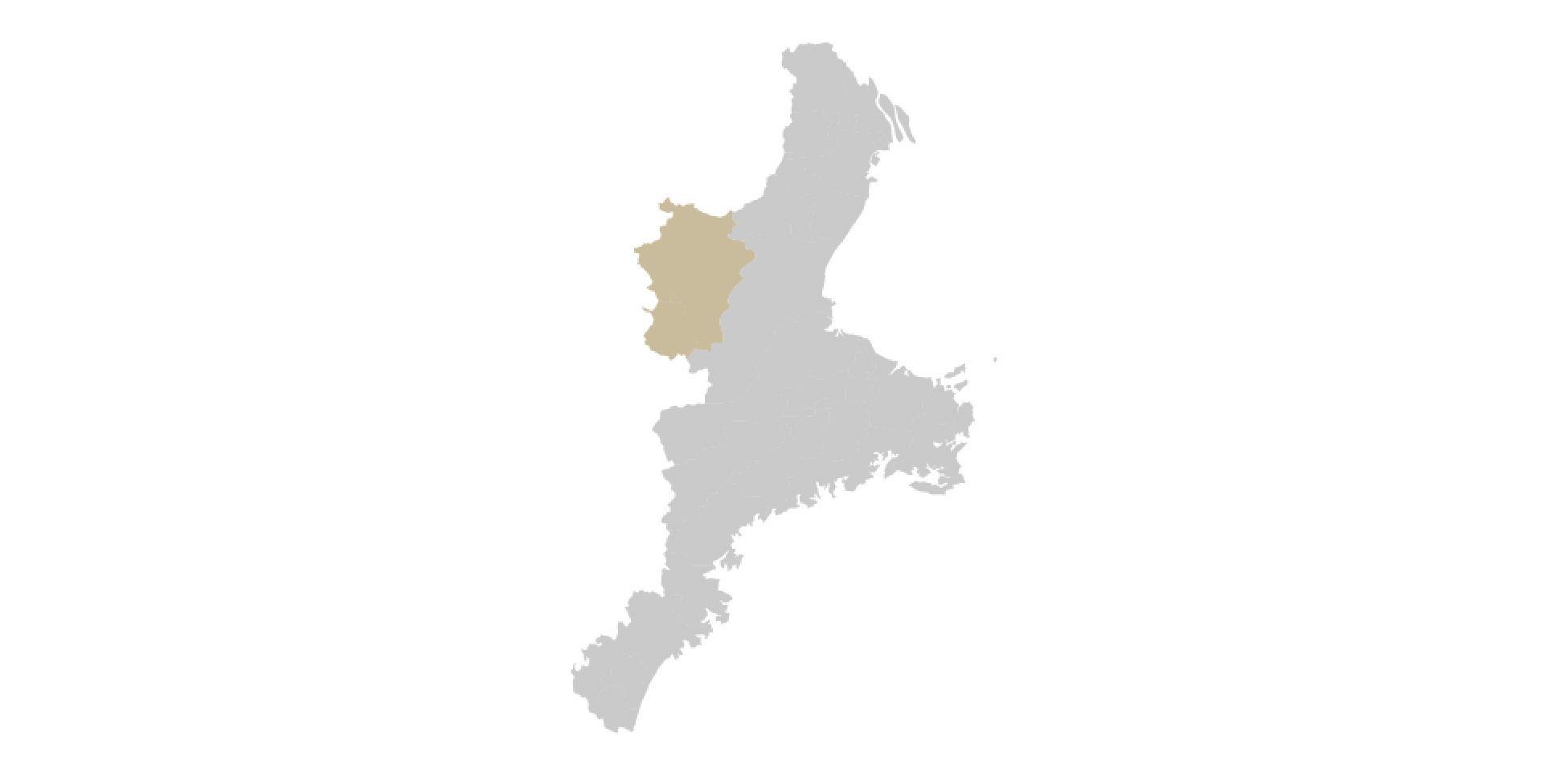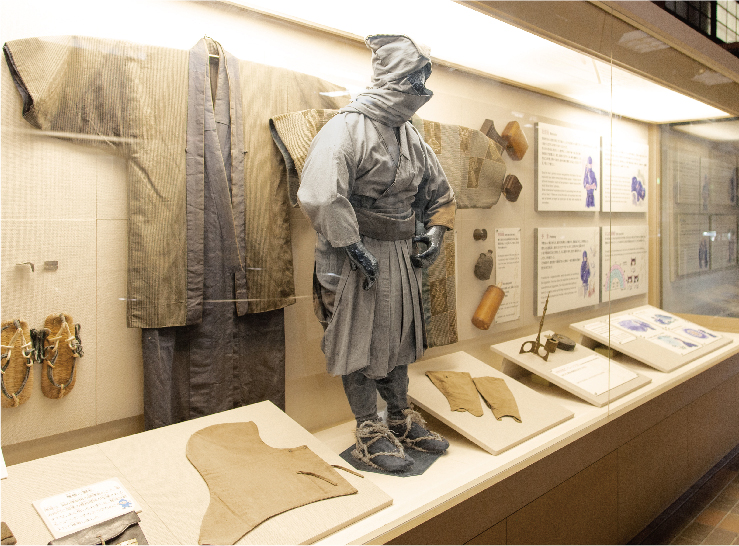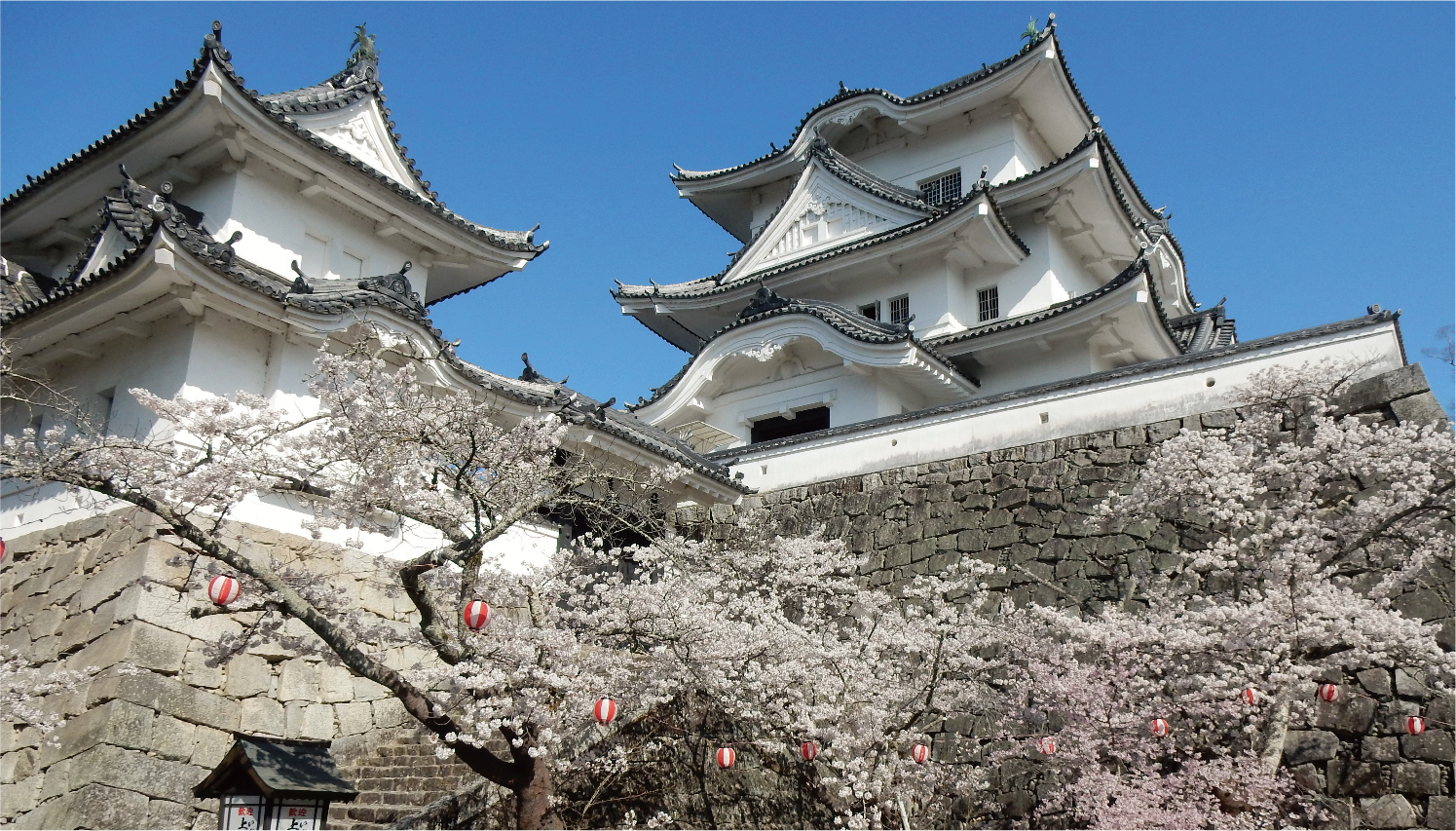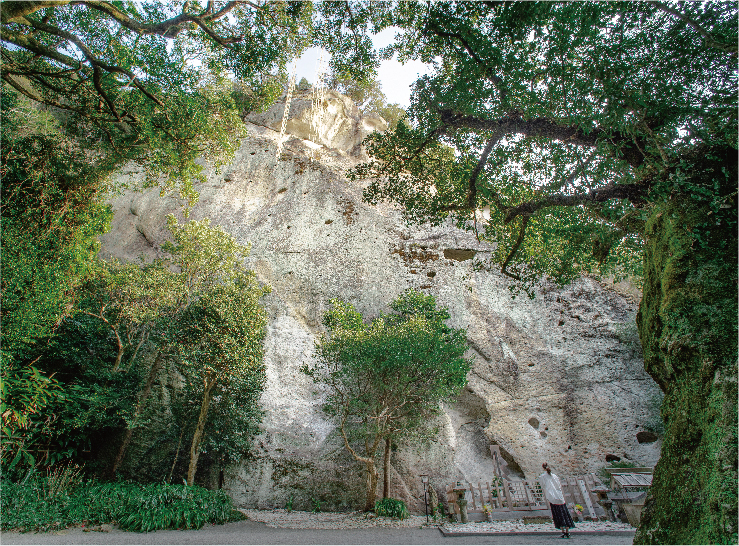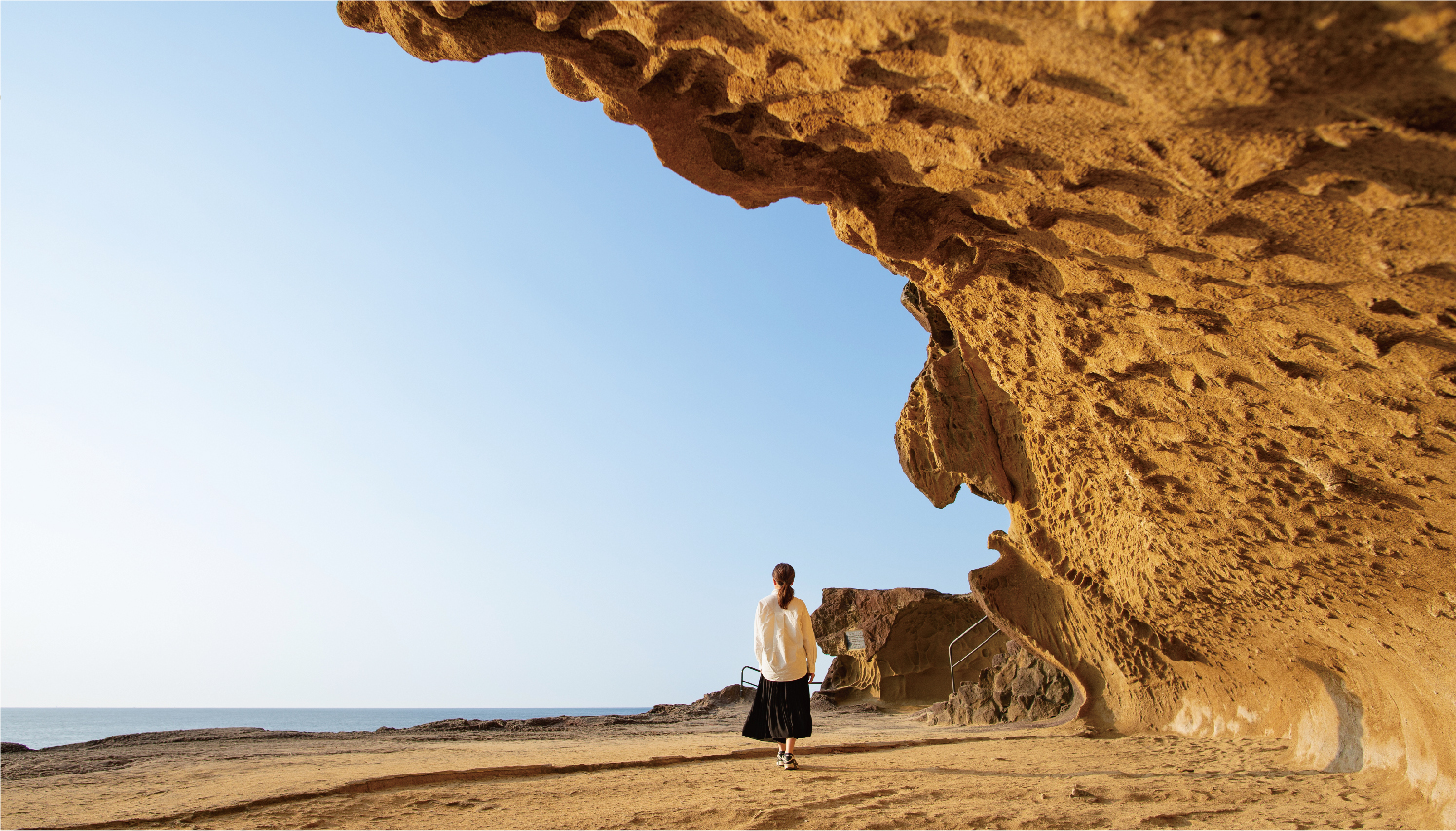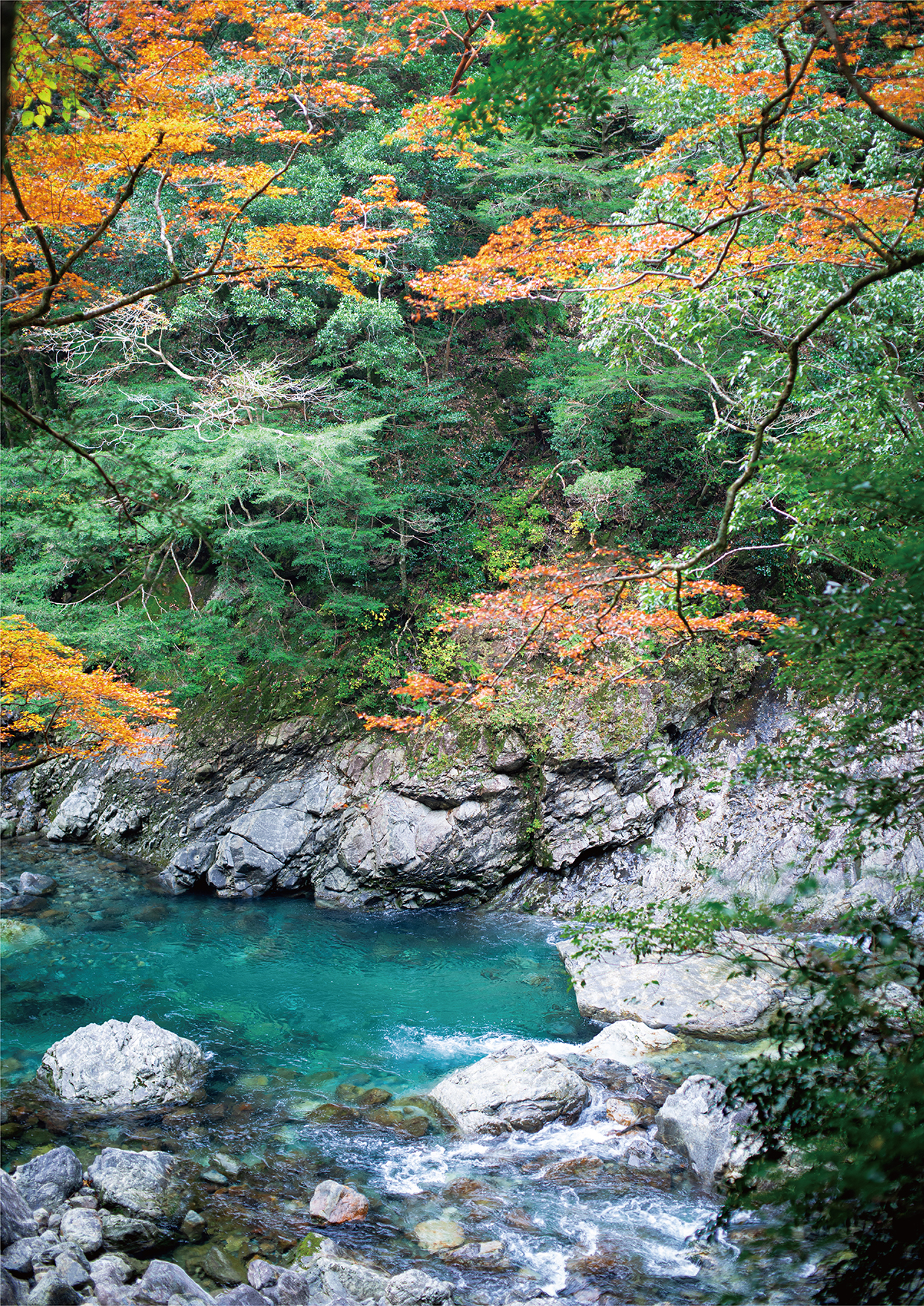
Mie Prefecture is a land of abundant nature and mythology.
Until Japan’s modernization in the late 19th century, there were 68 provinces that existed in the country for approximately 1,000 years.Each of these provinces had their own distinct culture and history, with Mie Prefecture rare in that it was home to four provinces (Ise Province, Iga Province, Shima Province, and Kii Province).Their unique cultures are still alive and well in the prefecture. Mie Prefecture, which is long vertically, is characterized by mountains in the west, Ise Bay and the Kumano Sea in the east, and the Kii Mountain Range and the ria coastline in the south.In the ocean – the mother of all life – tidal water evaporated by the sun turns into clouds, which falls as rain on mountains, becoming nutrient-containing water that flows into fields and back into the ocean.This process is what allows for the cultivation of crops and animal products, and what sustains the food chain in the ocean, as well as its myriad seafood products.The bountiful water brought about by the topography and abundant nature of Mie Prefecture, cultivates a rich array of life that has earned the prefecture the nickname, the “Land of Beauty.” Ise Province was a major tourist destination in Japan from the mid-Edo Period to the Meiji Period (1651-1912), when pilgrimages to the Ise Jingu from all throughout Japan became very popular, and is still a major tourist destination even now, with the region sometimes getting upwards of 10 million tourists a year. The island country of Japan, covered in large part by mountains and surrounded by ocean. The Japanese spirit, which emphasizes a sense of awe and reverence for nature. Mie Prefecture, with its abundance of food and nature, and its deeply-rooted beliefs, is like a microcosm of the beautiful country of Japan.
Ise-Shima
Ise City
Tamaki Town
Watarai Town
Toba City
Shima City
Minamiise Town
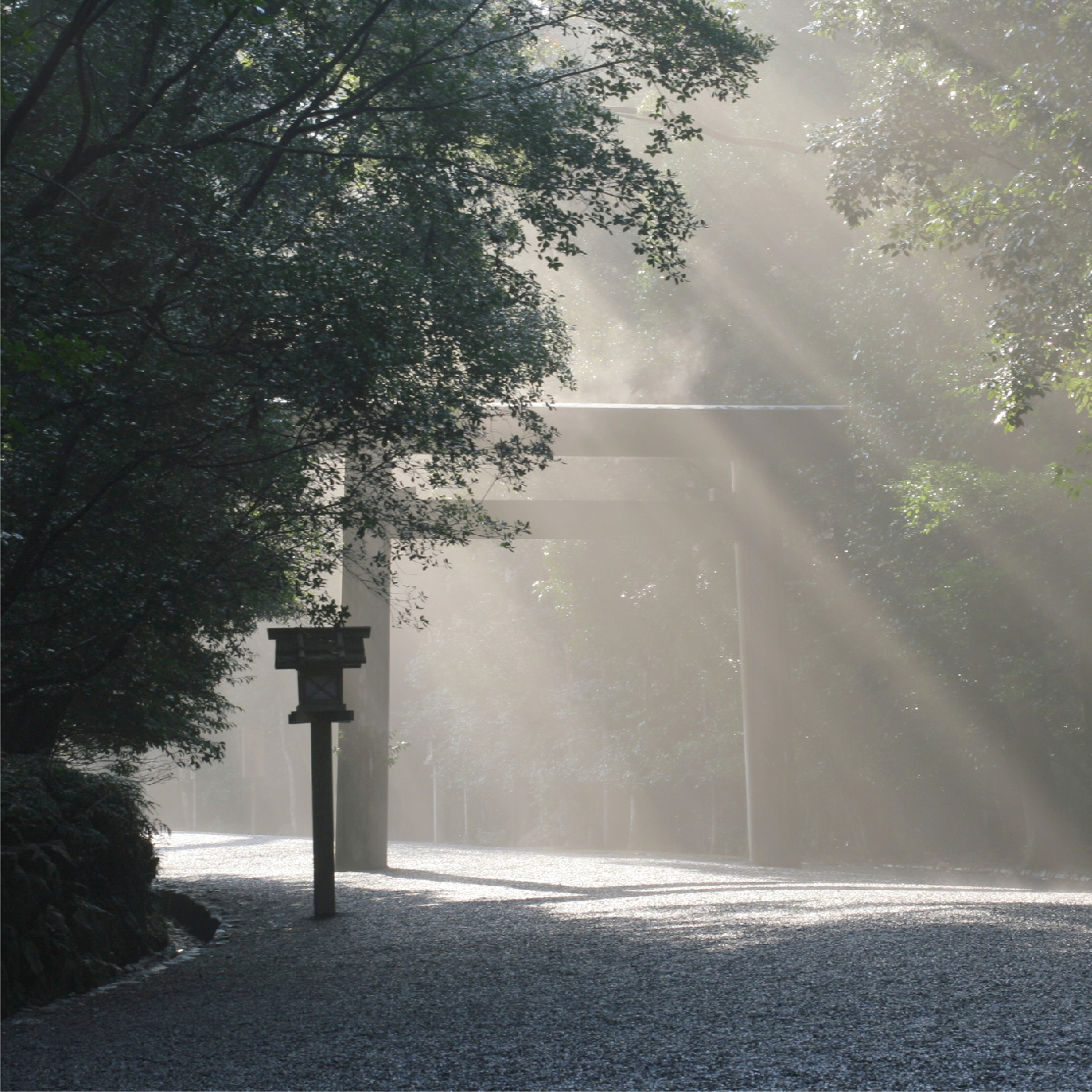
Ise Jingu
Ise Jingu has a history of about 2,000 years and is known as the homeland of the heart of the Japanese people. Many people from Japan and abroad come to worship at Kotaijingu (Naiku), which enshrines Amaterasu Omikami, revered as the guardian of Japan, and at Toyo’uke-daijingu, which enshrines Toyo’uke-no-Omikami, the guardian deity of clothing, food, shelter, and industry.
“A tree growing in the middleof the approach to the shrine”
You can feel the Japanese spirit of valuing harmony with nature over human subjectivity.

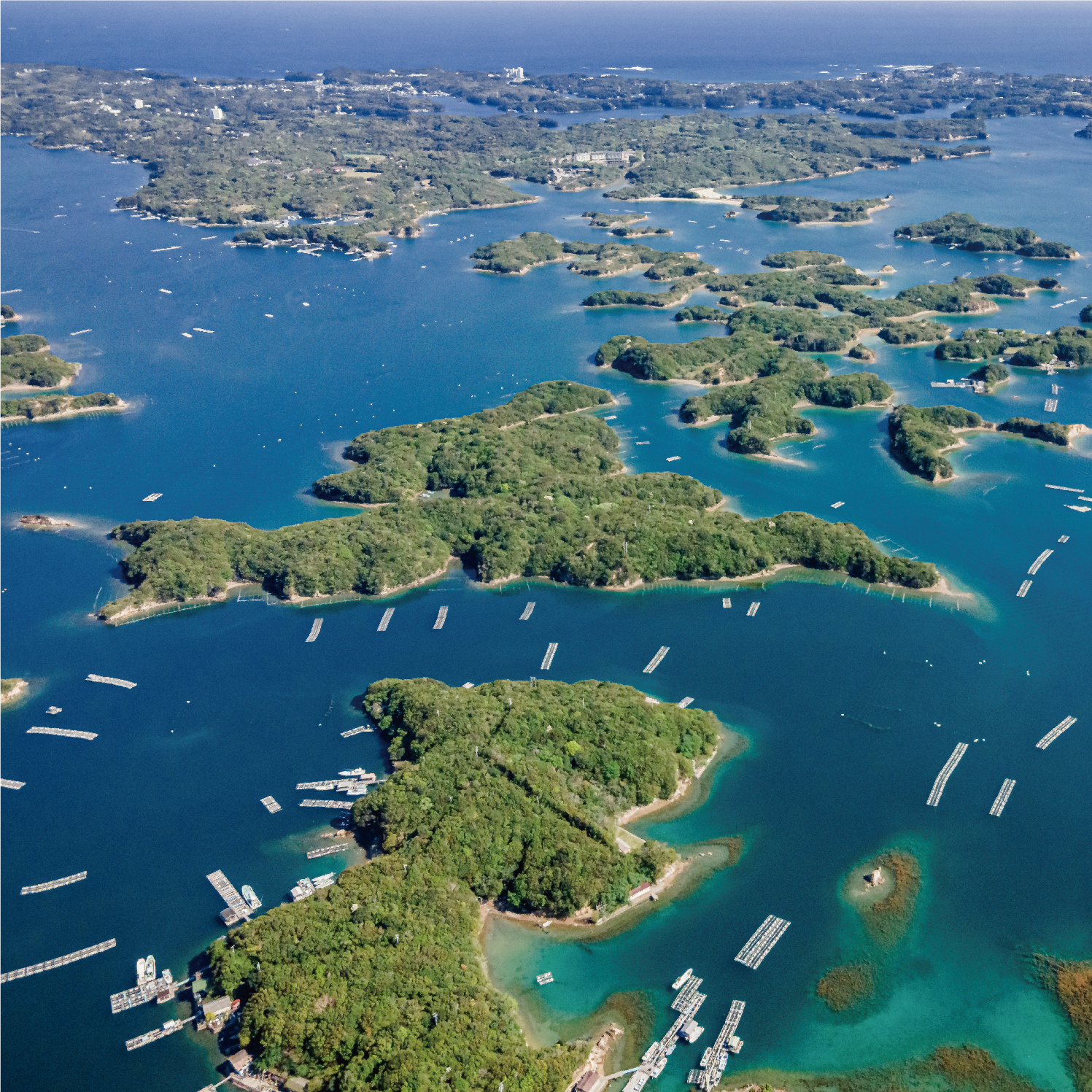
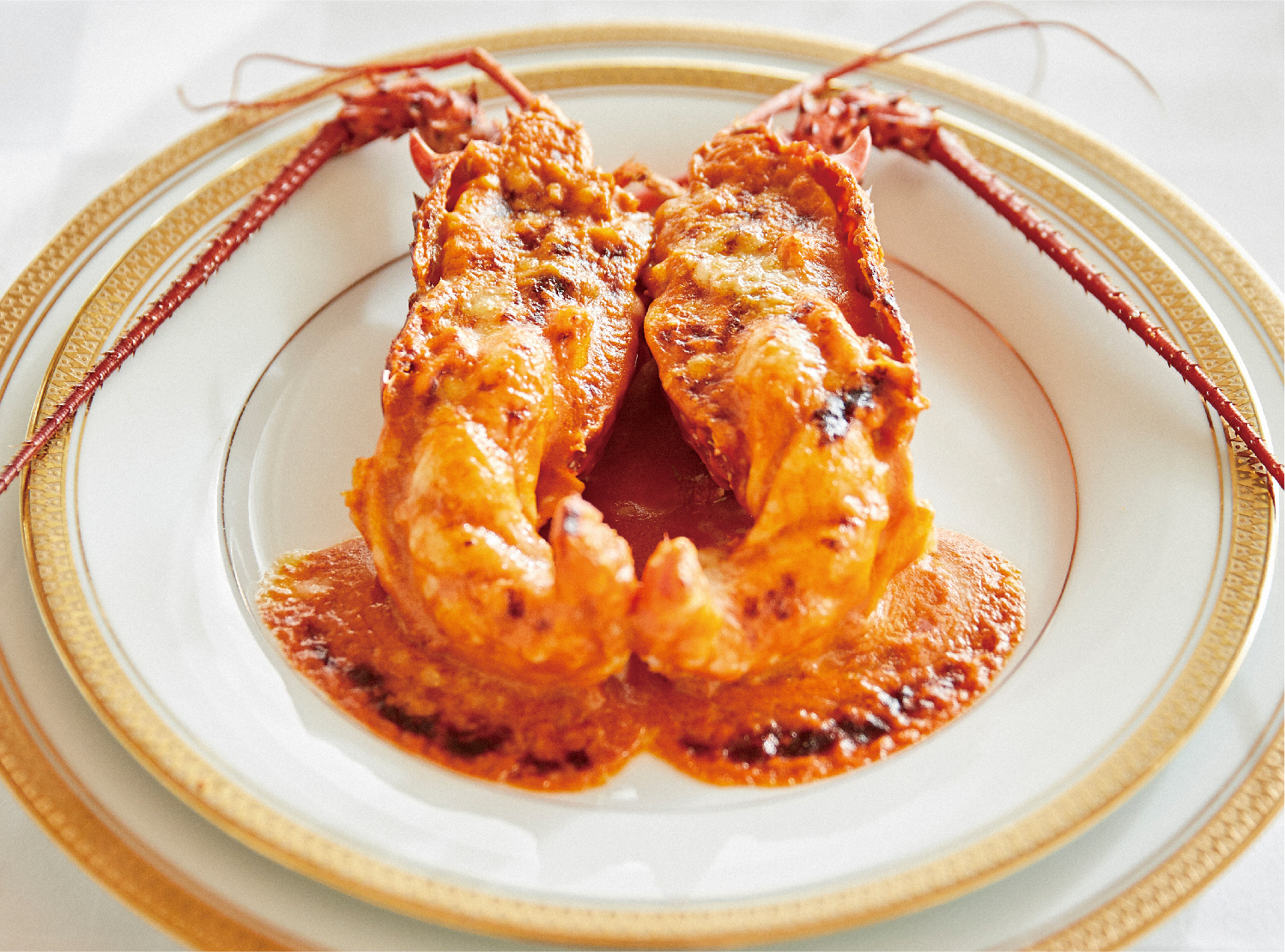

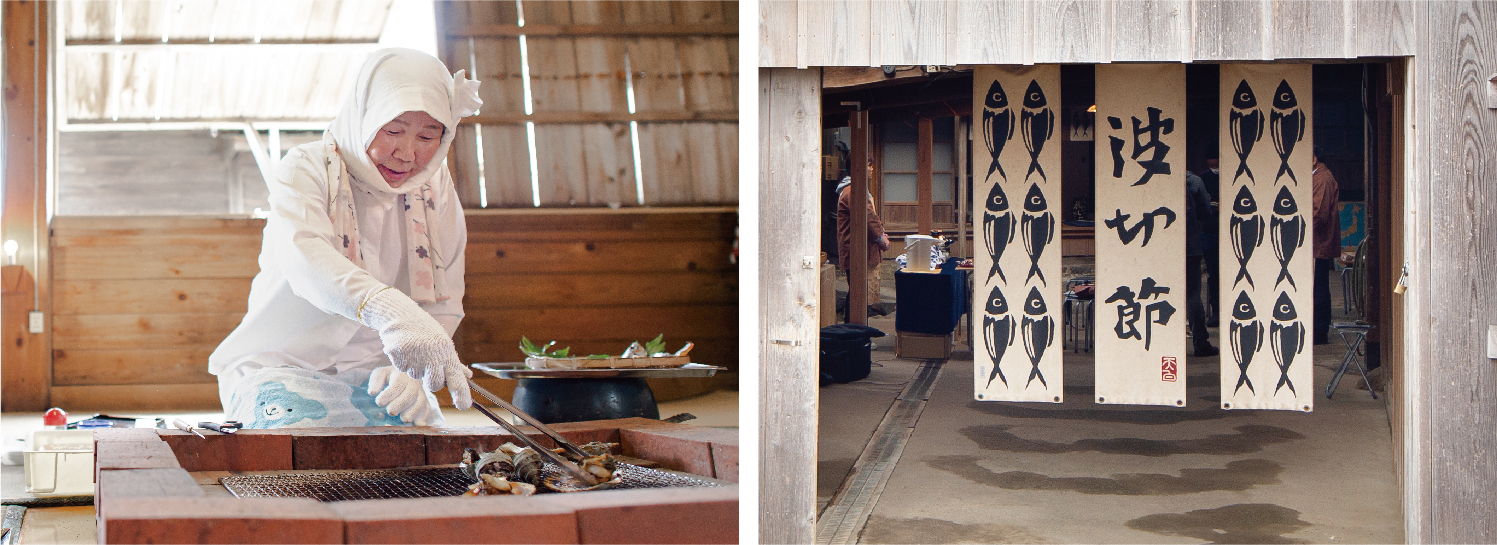
At Ise Jingu, as many as 1,500 religious events are held annually, and the most important one is the Kanname-sai Festival in October, where people contribute the first rice crop of the year to the deities and give thanks for the blessing of nature. The Shima region is also known as Miketsukuni, where seafood was presented to the Imperial family and court from ancient times to the Heian period (~1192). Located at the mouth of Isewan, Japan’s largest bay, the region’s forest’s nutrient-rich water flows into the water, fostering the growth of seaweed and abundant plankton that feeds small fish. The region is famous nationwide as a production area for Japanese spiny lobsters that lives on the reefs of the ria coast and abalone that feeds on seaweed. The number of Ama (women divers), who have a history of more than 2,000 years of catching abalones and seaweed by free-diving, is the largest in Japan. They have a somewhat mystical aura to them as they wear Doman Seman, a sign to ward off evil, and perform rituals to pray for safety by placing ash on their foreheads.This was also where Kokichi Mikimoto became the first in the world to succeed in pearl farming. The practice still thrives in the region today, with people all over the world drawn to the area’s pearls. With Ise-Shima National Park established as Japan’s first post-war national park, the region evolved into a resort area, full of tourists. The area – with its treasure trove of ingredients – is visited by many people who come seeking the region’s beautiful nature and delicious food.
Tourist Attractions
“Wedded Rocks”
One of Ise-Shima’s most famous tourist attractions – rocks in Futamigaura that appear almost like a married couple.
“Okage Yokocho”
A gift shop and restaurant district located in front of the Inner Shrine of the Ise Jingu, that gives you a glimpse into life during the Edo and Meiji Periods.
“Fishing Experience”
Go on a fishing boat with some fishermen to try fishing and more.
Hokusei
Inabe City
Kuwana City
Toin Town
Komono Town
Kisosaki Town
Asahi Town
Kawagoe Town
Yokkaichi City
Suzuka City
Kameyama City
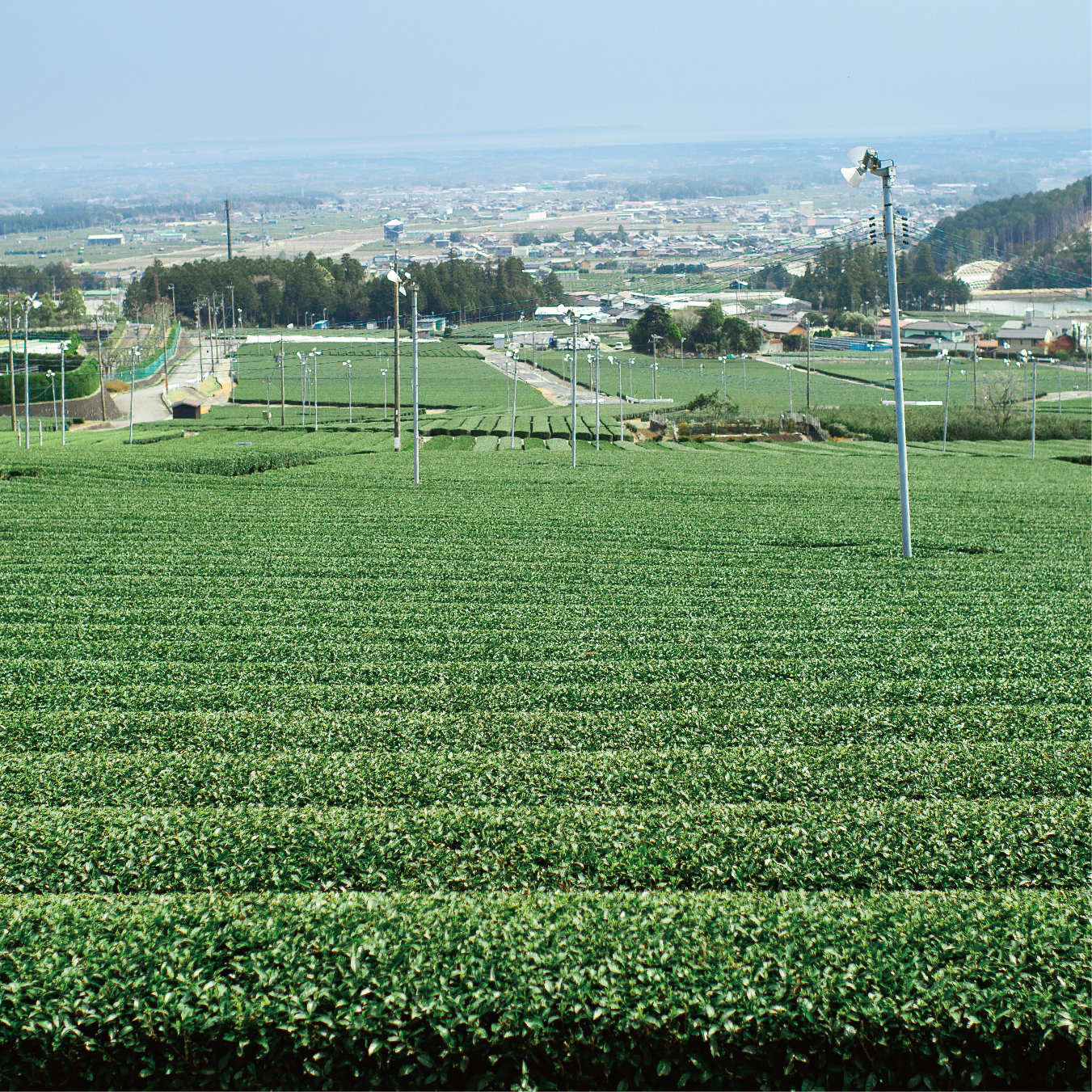
Ise Tea
In recent years, matcha green tea has been growing more and more popular across the world.Matcha green tea produced in Mie Prefecture is also being exported overseas, to be used in cafes and more.“Ise tea,” the generic name for tea produced in Mie Prefecture, is the third most-produced tea in Japan.In particular, Mie Prefecture boasts the top domestic market share for kabuse tea – produced in the prefecture in the Hokusei region.
“Cafe in a traditional Japanese home surrounded by tea plantations”
Enjoy some tea while gazing out over the teaplantations of this kabuse tea production area.
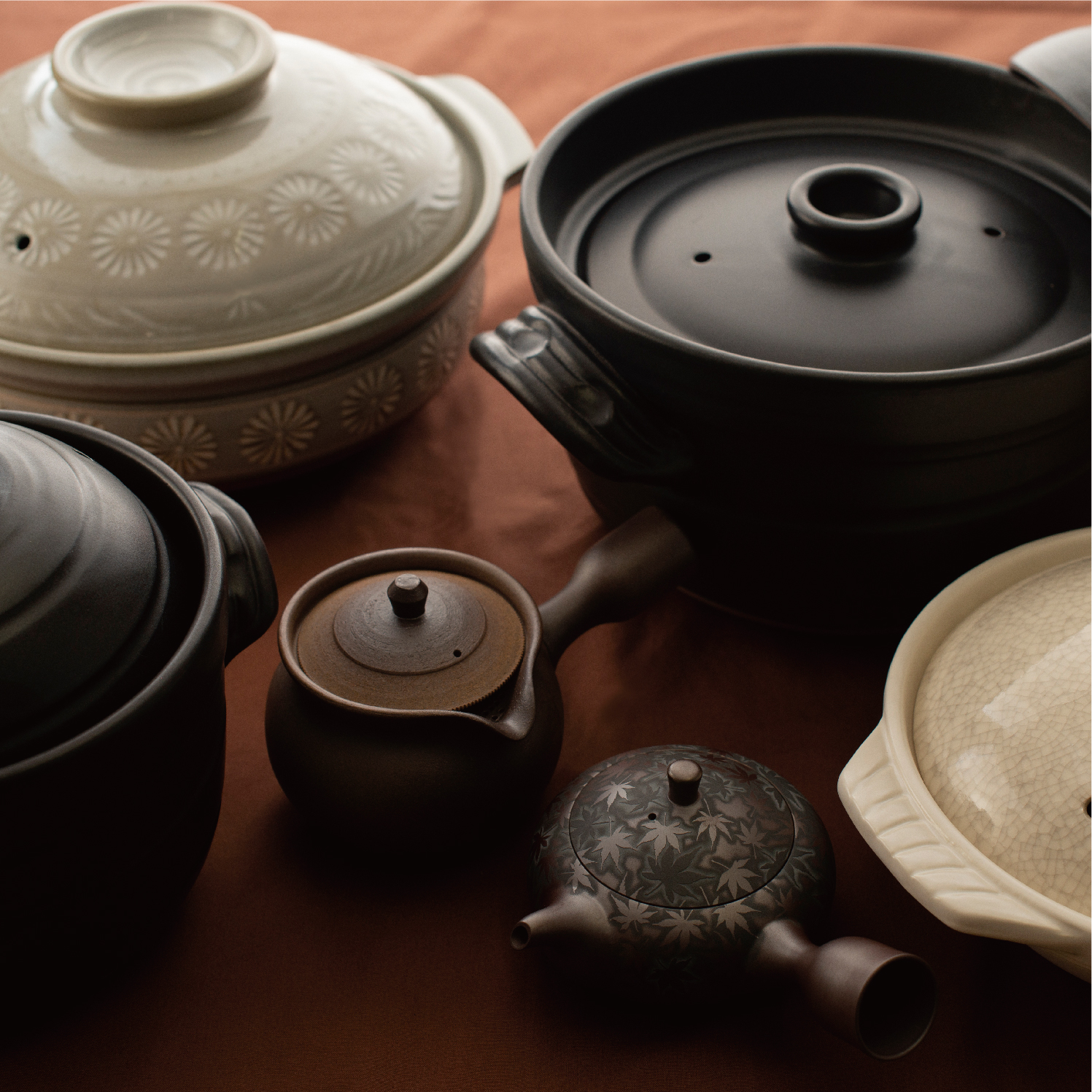

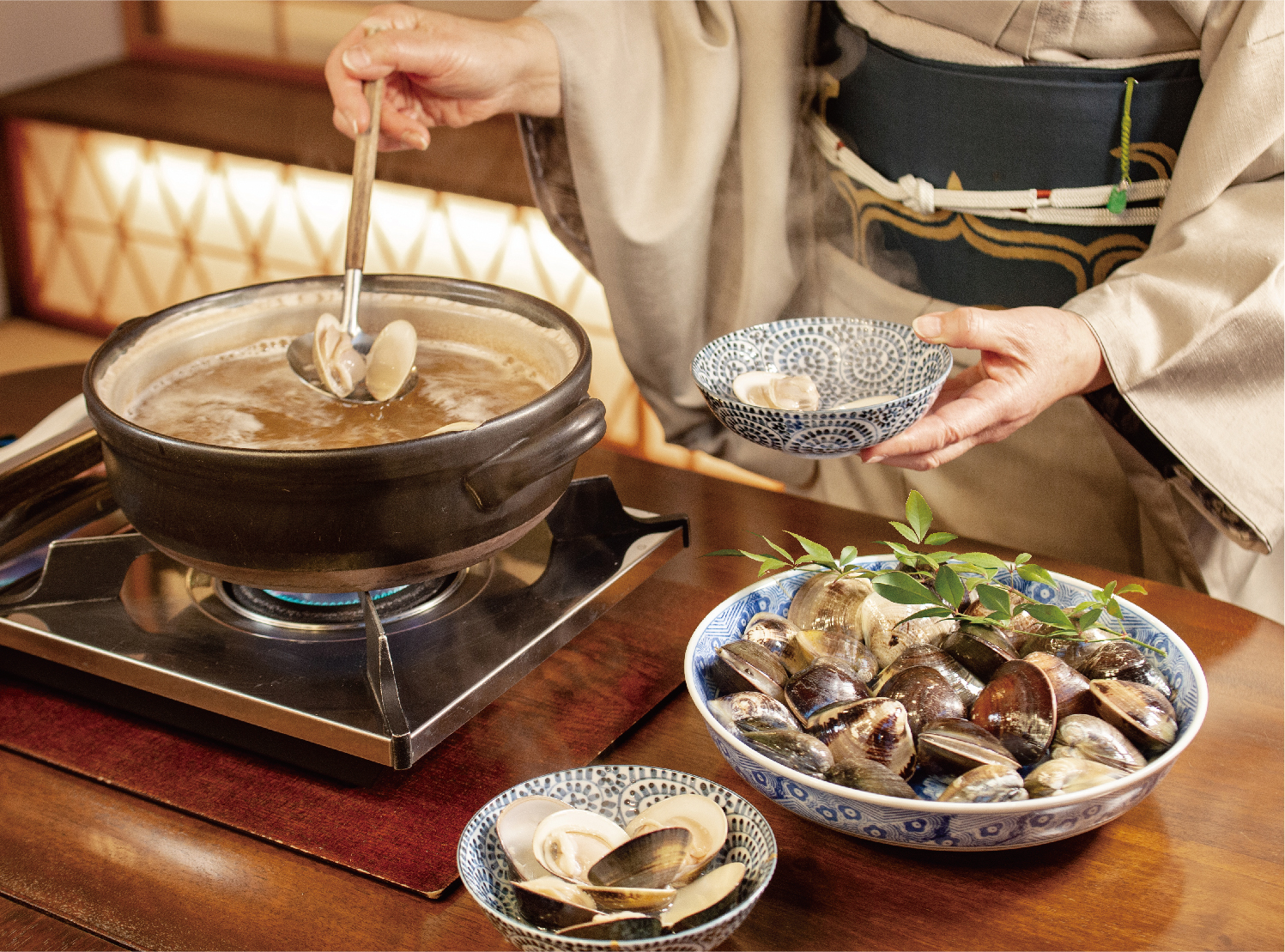
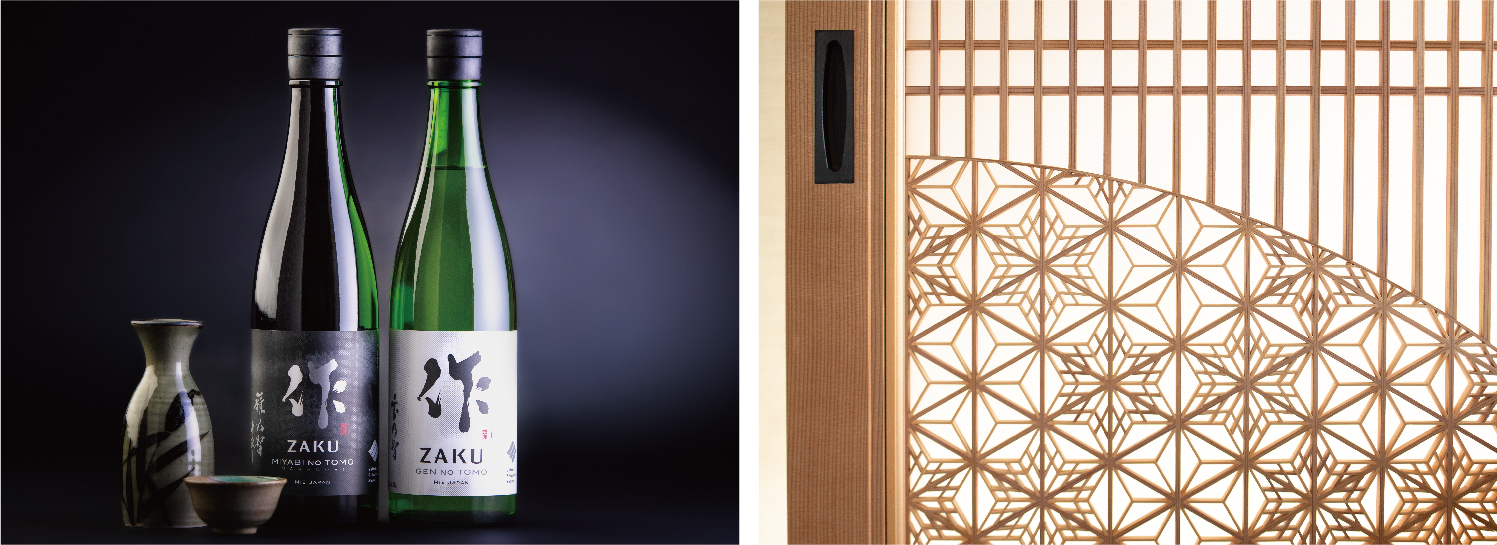
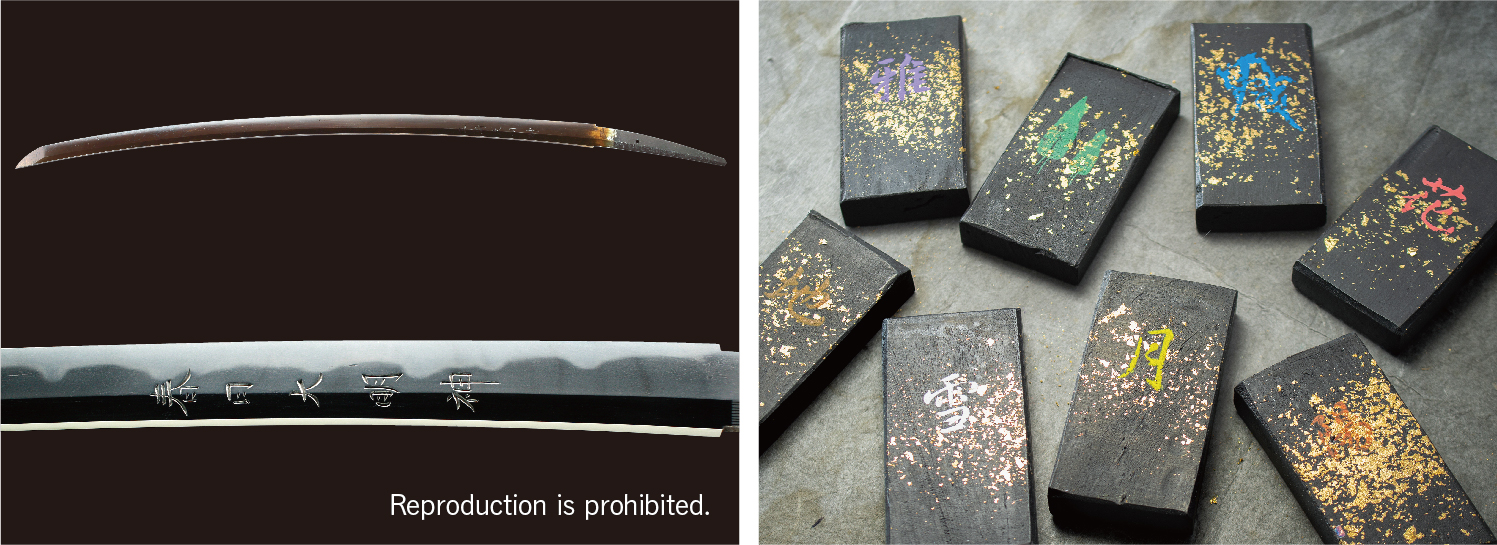
The Hokusei region is even now home to many traditional industries.Yokkaichi banko wares, which are a nationally designated traditional craft product, comprise approximately 80% of the shipment value of donabe earthenware products produced in Japan, with over 100 companies manufacturing them. The suzukasumi ink and Ise katagami stencils produced in Suzuka City are also nationally designated traditional craft products.Suzukasumi ink, which originated in the Enryaku Era (around 780), has been favored by many calligraphers for its elegance, depth, and boldness.Ise katagami stencils, which are thought to have come about in the late 1500s, are stencils that feature engravings as fine as 0.1 millimeters or less. The beautifully-patterned kimonos dyed using these stencils are adored people both in Japan and overseas.Another kind of craft that requires delicate craftmanship is kumiko, which were used as fittings in shrines, temples, and residences. The manner in which kumiko works utilize the light and shadow that characterize Japanese homes evokes a sense of wonder.Kuwana City was once a production area for katanas, with the Muramasa katana – famous amongst katana aficionados – located in the city even today. The city is also famous for its hard-shell clams, which grow in tidal flats fed by the nutrient-rich waters of the Kiso Three Rivers, and the ZAKU brand of sake, which sees many orders even from overseas.
Tourist Attractions
“Suzuka Circuit”
Leisure facility that includes an international racing track that hosts the F1 Japanese Grand Prix and other events,as well as an amusement park, hotels, and other facilities.
“Sekijuku (Tokaido)”
A tourist destination that retains the traditional townscape from when the town prospered as a highway “post town.”
“Yunoyama Hot Springs”
The most famous hot springs town in Mie Prefecture,established 1,300 years ago and located at the base of Mt. Gozaisho.
Chunansei
Tsu City
Matsusaka City
Meiwa Town
Taki Town
Odai Town
Taiki Town

Matsusaka Beef
Matsusaka beef, described as a work of meat “art,” is the highest-quality, most popular beef in Japan.A popular way to enjoy the beef in Matsusaka City itself is sukiyaki, prepared in front of you over a charcoal fire by an attendant in a private room. There is also a culture of enjoying yakiniku downtown, with chicken yakiniku popular as well.
“Yakiniku culture in downtown Matsusaka”
Chicken yakiniku is a favorite of locals. Savor the difference in flavor between younger and older chickens, and the various different parts.

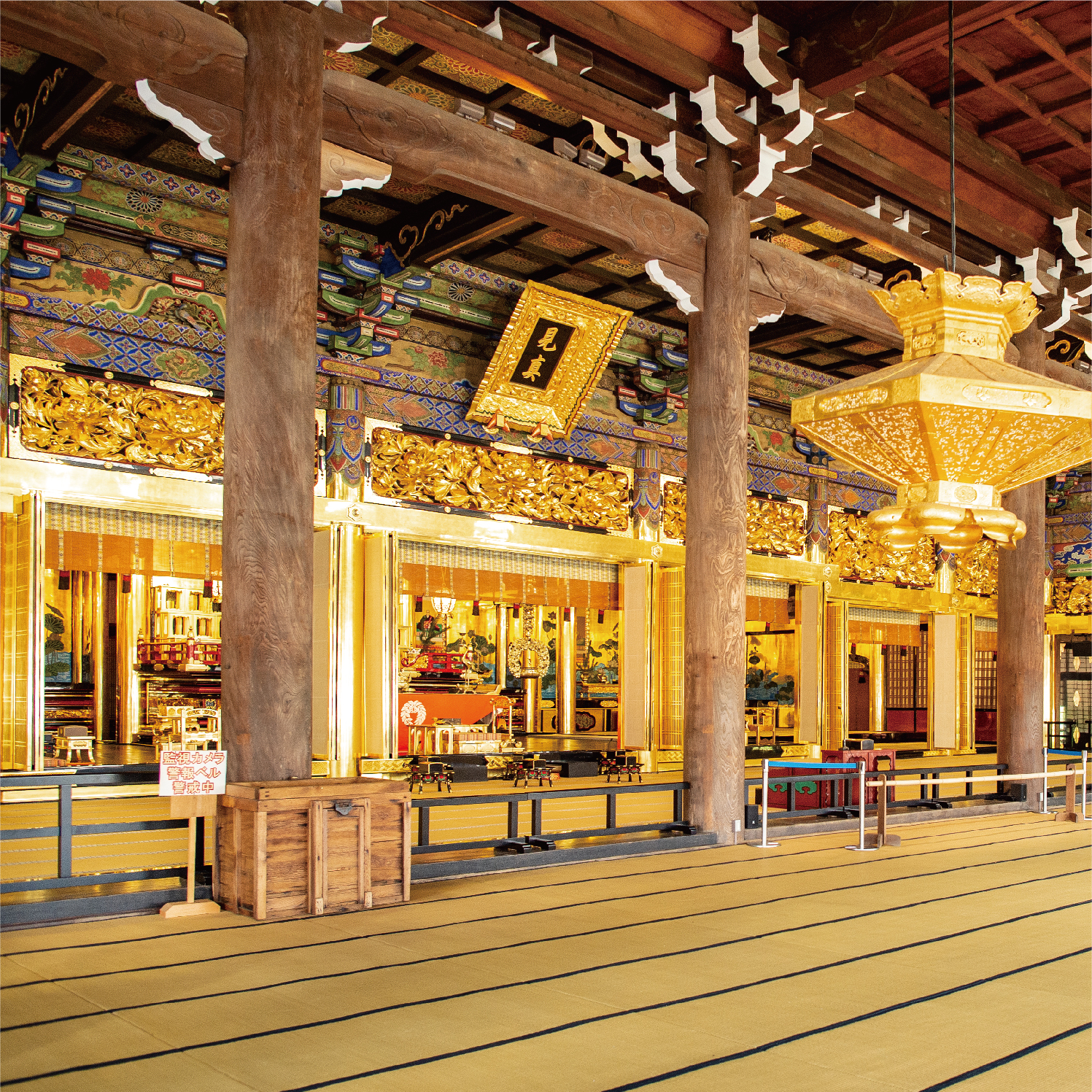
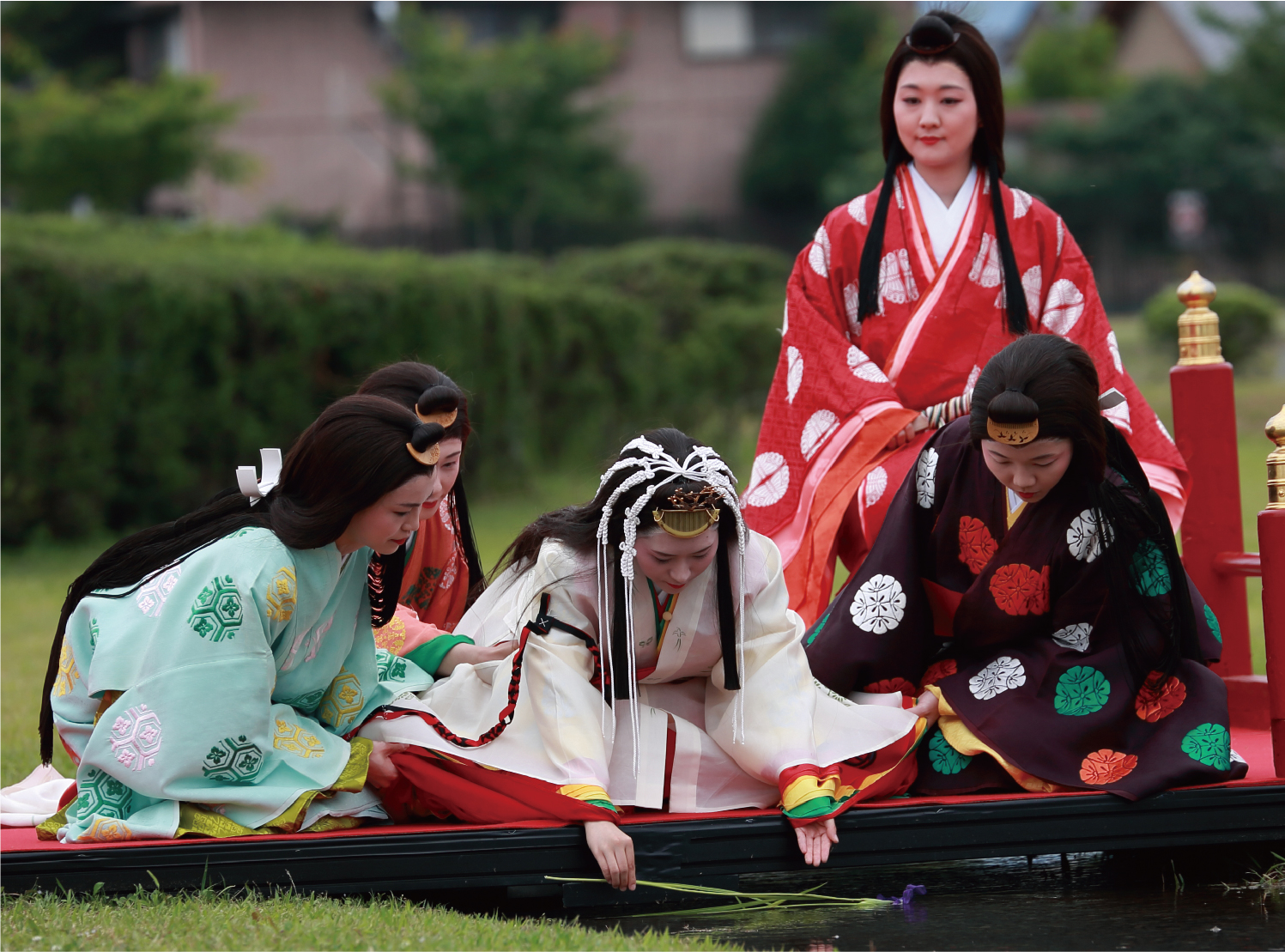

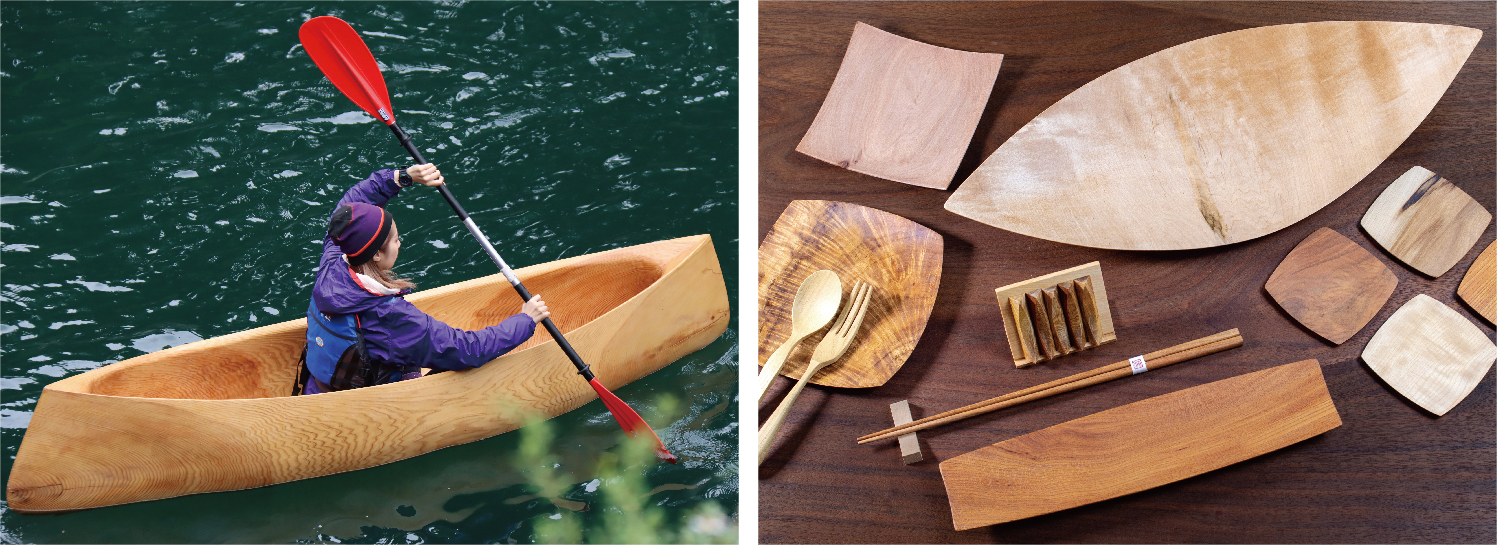
The prefectural capital of Tsu City and Matsusaka City thrived as castle towns, with the Sangu Kaido Road full of worshippers on their way to the Ise Jingu.Where there are people, there is information, and the merchants of Matsusaka City and Tsu City, who were one of the first to learn about the demand for cotton kimonos in Edo (now Tokyo), found success and wealth as cotton merchants. Senjuji Temple, located in Tsu City, is the head temple of the Takada school of Shinshu Buddhisim, and is known as Takada Honzan. The Nyoraido and Mieido are designated national treasures. Meiwa Town is home to the ruins of the Saiku, which housed the Saio – an unmarried princess of the imperial family who served Amaterasu Omikami at the Ise Jingu.Gikakushi paper, which imitates animal skins using paper, originated here – due to the slaughtering of animals not being permitted under Saio. Recently, however, this paper has garnered attention even from overseas for its significance towards the SDGs.To the west are mountains, with their forestry and traditional, rural ways of life.Miya River and Kushida River – designated the clearest rivers in Japan – boast stunning scenery, with visitors coming to canoe, SUP, go mountain stream fishing, and more.
Tourist Attractions
“Matsusaka, town of wealthy merchants”
Take a tour around the residences of wealthy merchants such as the former Hasegawa Jirobei familyand the former Ozu Seizaemon family.
“Misugi Inaka Tourism”
Experience all of rural life in Misugi Town – a mountainous area of Tsu City.
“Osugi Valley”
One of the “Three Major Valleys of Japan.” Referred to as an “unexplored area” of the Kinki region, and popular with hikers.
Iga
Iga City
Nabari City
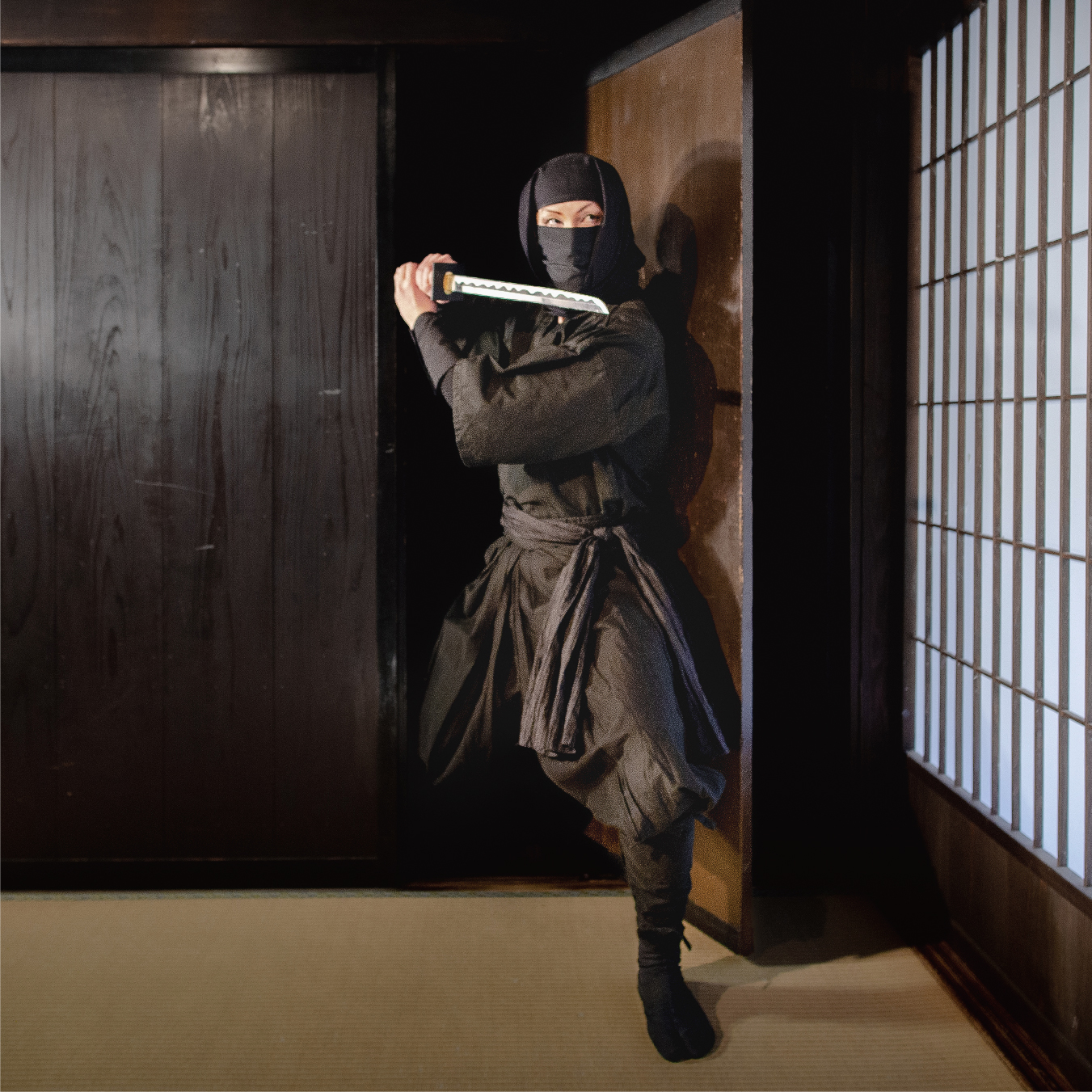
Ninja
The Iga-ryu Ninja Museum in Iga City, the home of the ninja, attracts many tourists from Japan and abroad, who enjoy the ninja demonstrations and other activities in the Karakuri Ninja House. The museum allows visitors to deepen their knowledge on the true nature of ninjas, that are not as discussed in media like movies or anime.
“Iga-ryu Ninja Museum”
Get a glimpse into what ninja were actually like by learning about ninja tactics, the preparation of gunpowder, and more.

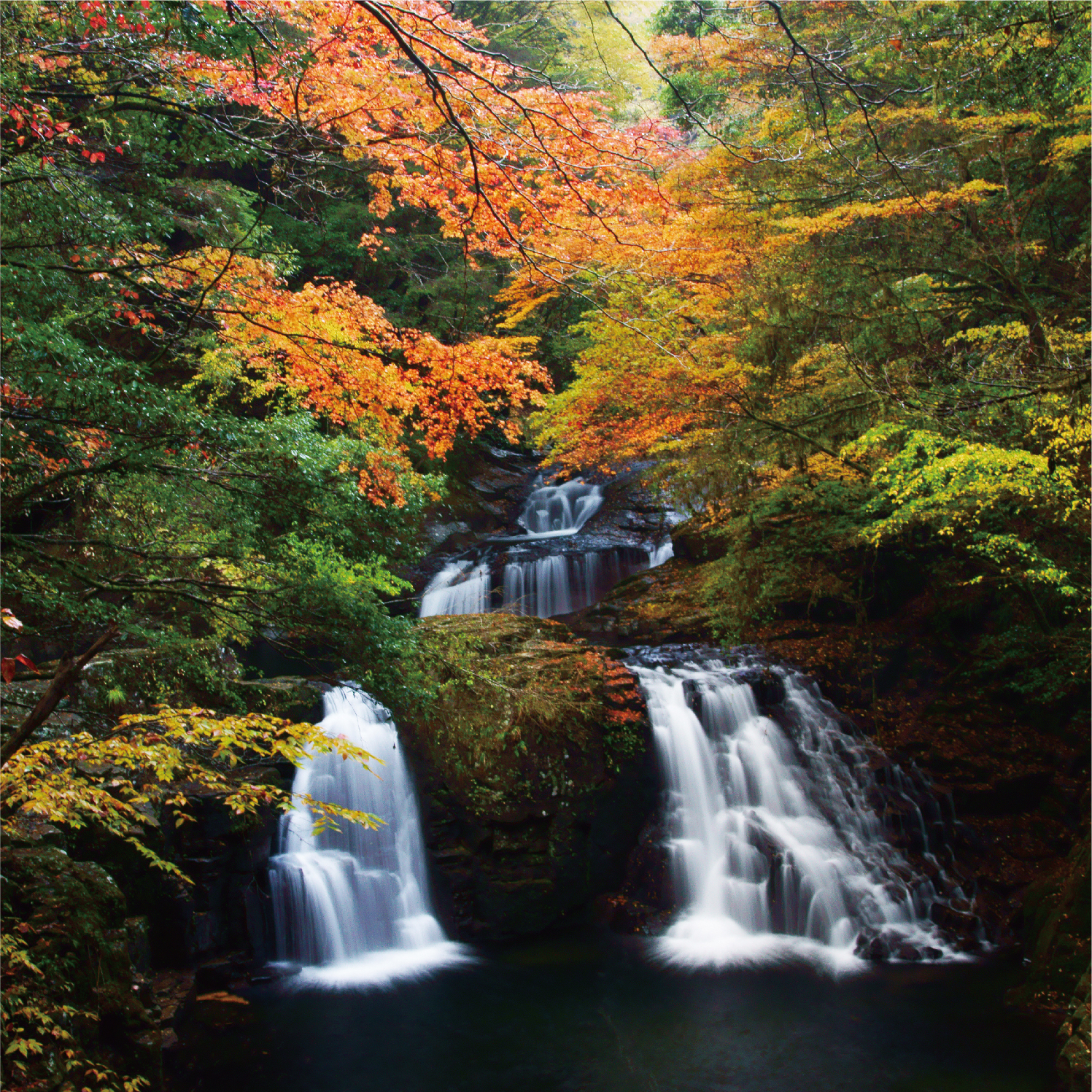
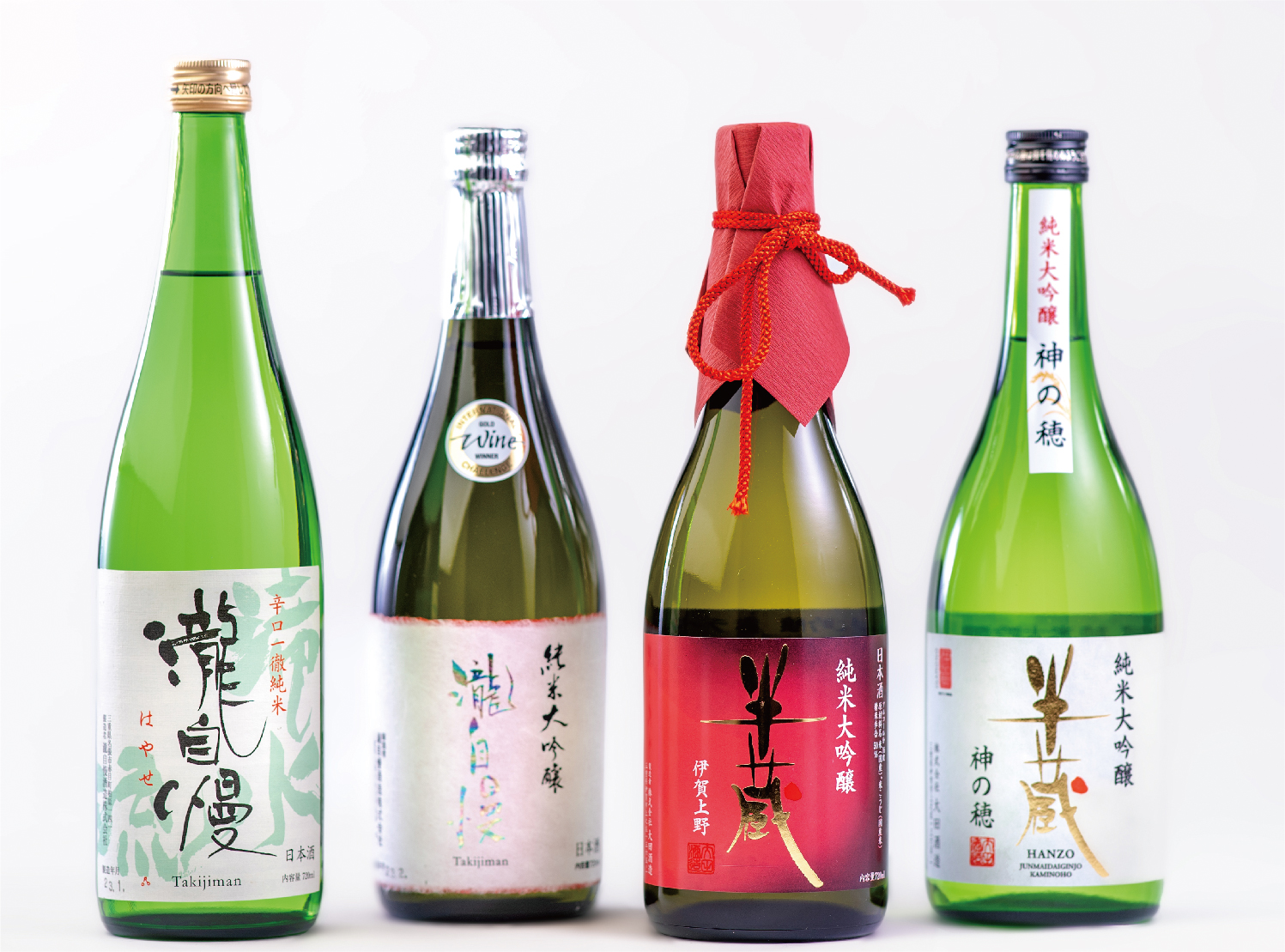
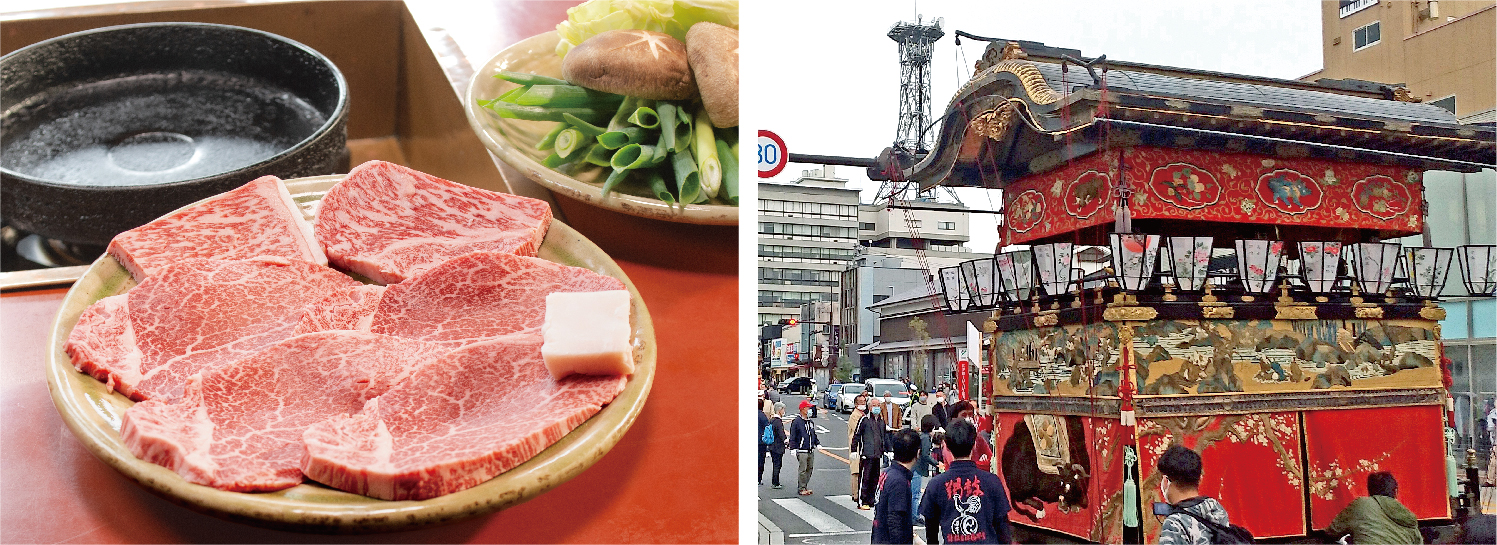
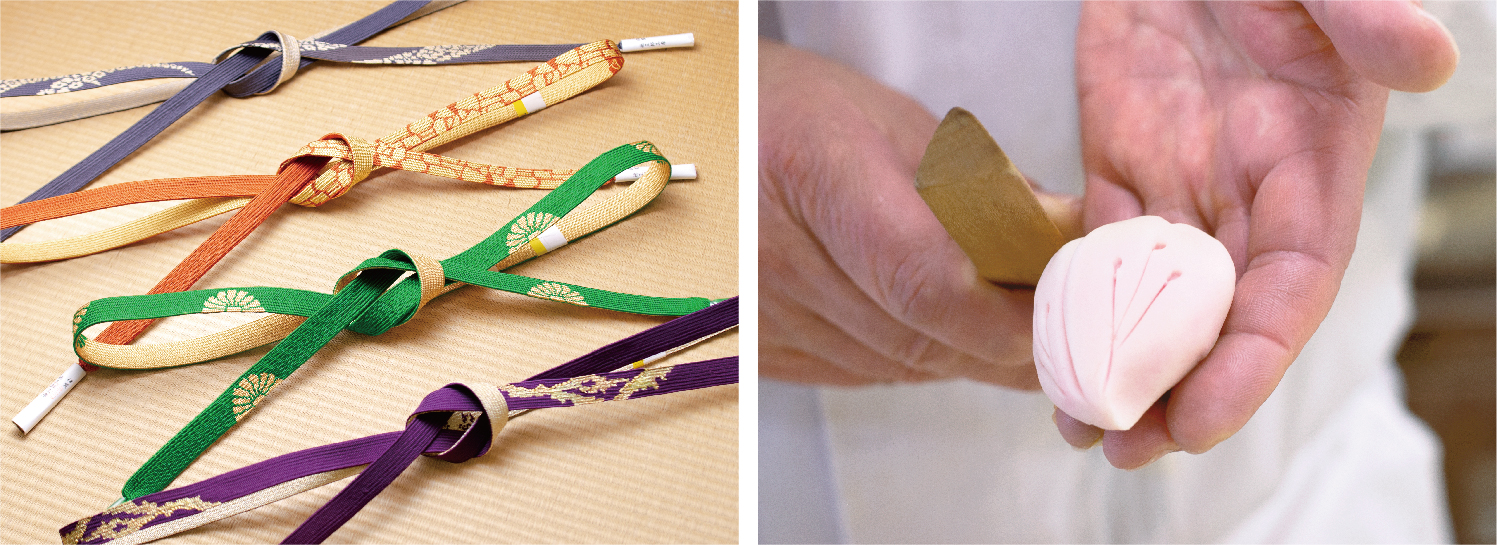
Approximately four million years ago, the Iga region – now located in a basin surrounded by mountains on all sides – comprised the bottom of Lake Biwa. The coarse soil that can be found there as a result are suited for pottery, and create the rugged, strong texture unique to Iga wares.Sake brewing and rice making have also thrived in the region due to the local landscape and climate – the abundant water flowing from the mountains, the clay soil, and temperature differences – with 10 sake breweries in the region today.The region is also known for its production of Iga beef, which in urban areas is referred to as a “phantom” wagyu beef due to its rarity. To get this meat, butchers must practice a distinct purchasing style in which they go to the cattle sheds themselves and purchase individual cows.Most of this is consumed locally.Foodies will delight in the refined flavor distinct to Wagyu beef – the mellow aroma and rich flavor, the tender texture, and the balance between lean meat and fat.A castle town that managed to avoid wartime destruction, Iga City retains the elegant townscape of yesteryear, and is also home to many wagashi (Japanese confectionery) stores.The jonamagashi (intricately designed fresh confectioneries), which confectioners finish with a small spatula, convey the feel of the four seasons.The Akama 48 Waterfalls, located in Nabari City, features 23 waterfalls in an area where shugenja (monks practicing asceticism) once trained.
Tourist Attractions
“Iga Ueno Castle”
The castle keep towers atop a stone wall approximately 30 meters high.
“Ceramic workshop”
Experience a ceramic workshop in the birthplace of Iga wares
“Grape picking”
Grape picking and strawberry picking are popular activities in Nabari City,which is known for its grape production
Higashi-Kishu
Kihoku Town
Owase City
Kumano City
Mihama Town
Kiho Town

Primitive Nature Beliefs
Since ancient times, there were beliefs that held sacred the vastness of nature – from massive boulders to mountains to oceans – beyond the scope of human knowledge. The deep-seated awe and reverence that the Japanese people have for nature remains strong in the Kii Peninsula, which exists alongside deep mountains and the ocean with its Kuroshio Current.
“Hananoiwaya Shrine”
The mausoleum of Izanami no Mikoto, the mother of the gods. The shintai (object of worship) of the shrine is an enormous iwakura (dwelling place of a deity), with a height of 45 meters.
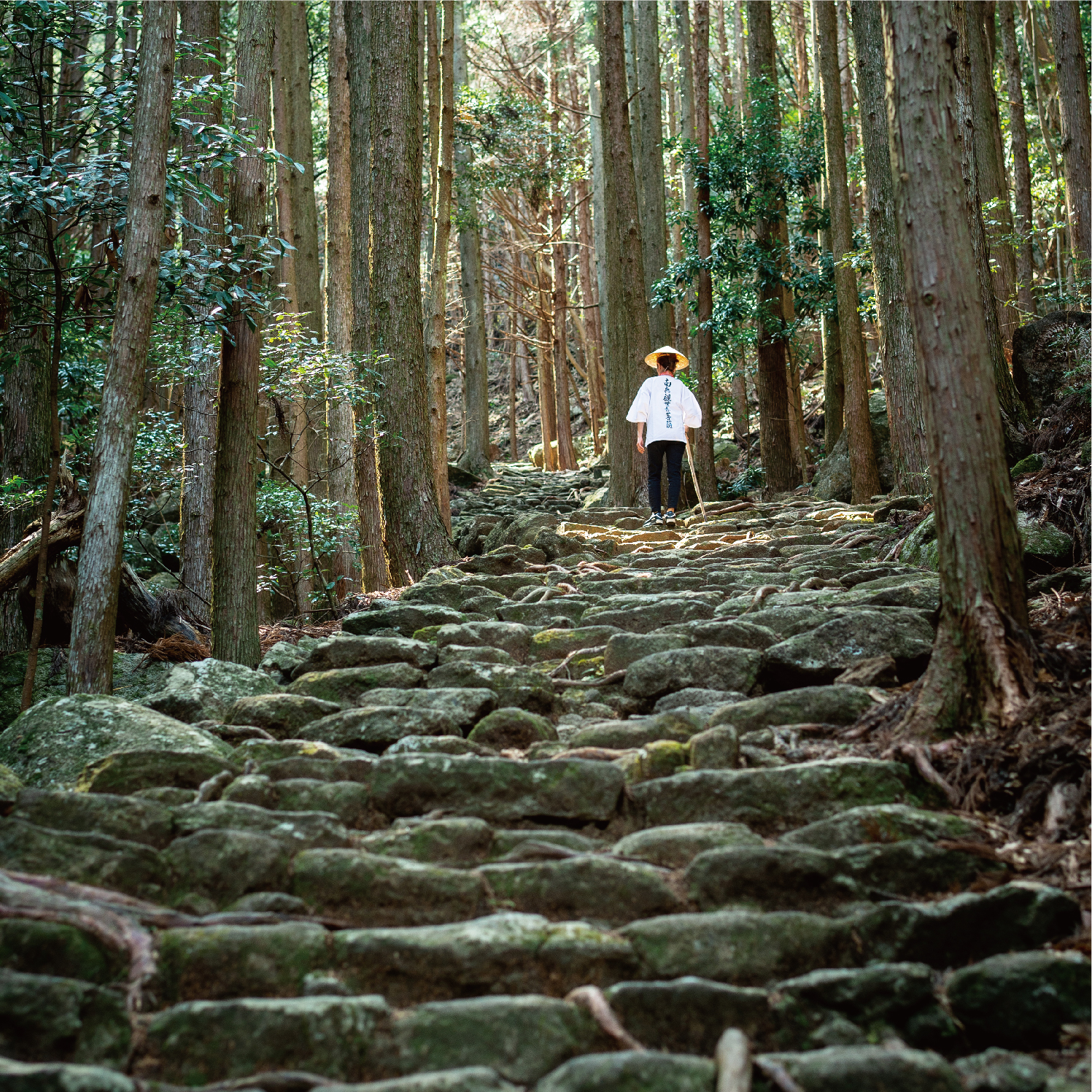
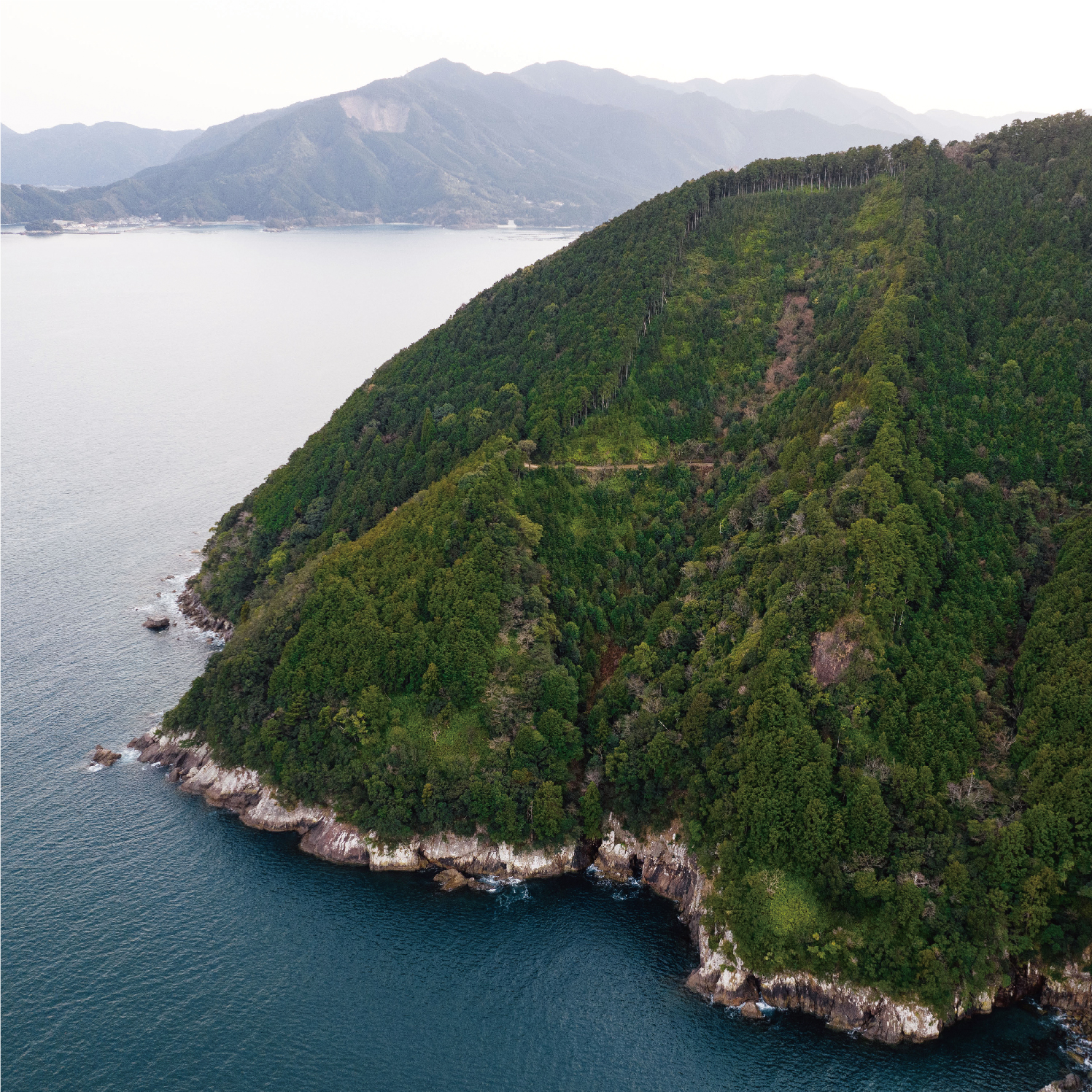
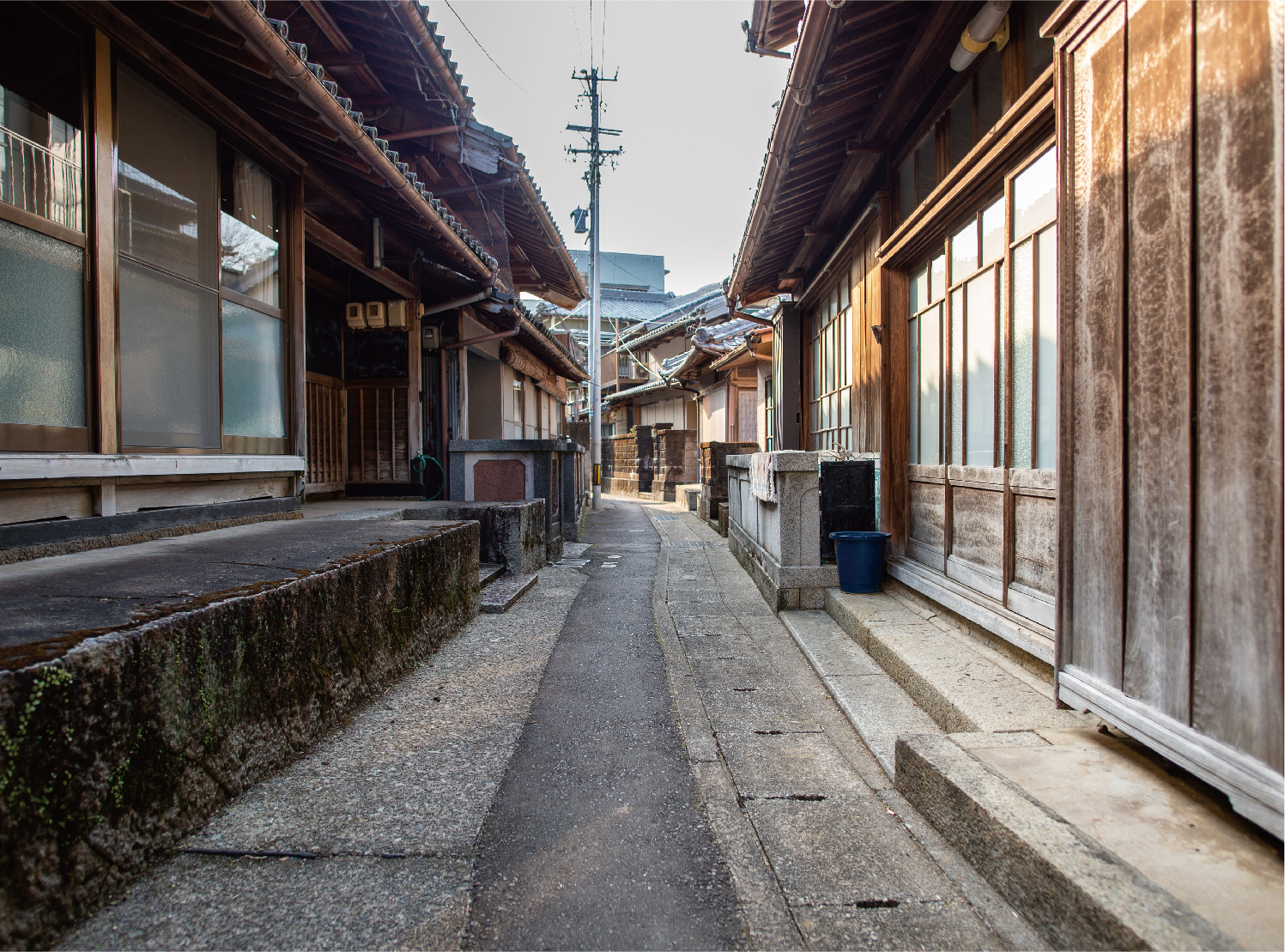


The Kumano Kodo Pilgrimage Routes, which lead to the three grand shrines of Kumano, is a registered World Heritage Site, with Mie Prefecture being home to the Kumano Kodo Iseji Route.Since the Edo Period, it has been popular for people to head to the three grand shrines of Kumano via the Iseji Route after worshipping at the Ise Jingu.Much like the Santiago de Compostela in Spain, the Kumano Kodo Pilgrimage Routes are a walkable World Heritage Site, and are much visited by tourists both from Japan and overseas.The traditional scenery of Japan’s coastline remains in the small fishing villages scattered along the surrounding ria coastline, with traditional Japanese homes crammed together on small pockets of land sandwiched between the mountains and the ocean.The fishing industry thrives in this region, with many types of fish caught and rare fish eaten.The Higashi-Kishu region is also home to a forestry industry centered around Japanese cypress, as well as a processing industry that includes the popular traditional technique of Owase wappa (a form of traditional Japanese bentwood craft).The region also produces citrus fruits cultivated under the warm winds brought about by the Kuroshio Current – one of the world’s largest ocean currents – and the area’s brilliant sunshine.Kumano jidori chicken, a brand of free-roam chicken raised on these citrus fruits, is known for its elastic texture, and the richness and flavor distinct to jidori chicken.
Tourist Attractions
“Onigajo”
Natural rock formation that serves as a symbol of the ria coastline, which is a registered World Heritage Site
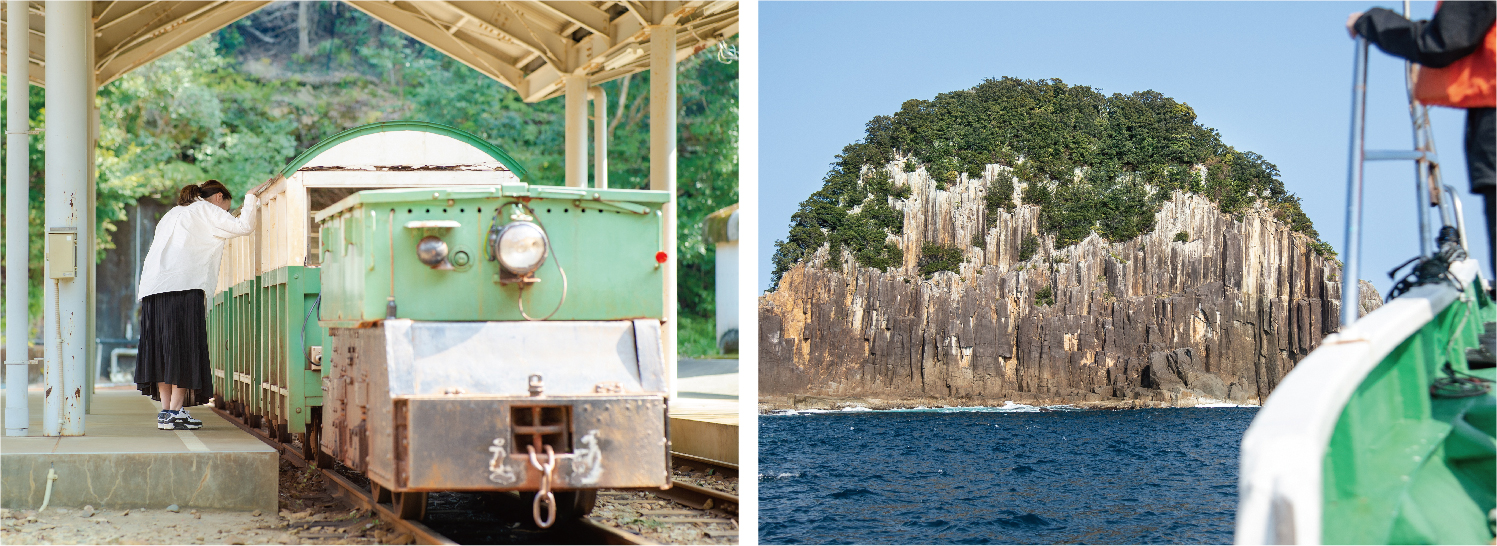
“Trolley train”
This small train, which connects the hot springs to the hotels, was used in the past as a commuter train for miners
“Tategasaki Sightseeing Boat Tour”
Take a tour around the Tategasaki rock formation towering over the Kumano Sea, and a tour of spots known as the “Blue Cave of Japan.”
See details here
Mie Prefecture
https://www.pref.mie.lg.jp/ENGLISH/index.htm
Iseshima Tourism & Convention Organization
https://www.pref.mie.lg.jp/ENGLISH/index.htm
Shima City
https://www.city.shima.mie.jp
Mie Prefecture Tourism Federation
https://www.kankomie.or.jp/en/
Food of Mie Prefecture
https://www.shoku.pref.mie.lg.jp/en/index.html
Published
Employment and Economic Affairs Division, Mie Prefecture
G7 Transport Ministers’ Meeting Promotional Project Team
13 Komeicho (8th Floor, Main Building), Tsu City, Mie Prefecture 514-8570
This article is based on information as of March 20, 2023
三重に暮らす・旅するWEBマガジンOTONAMIEの、広報的なお知らせを投稿していきます。


